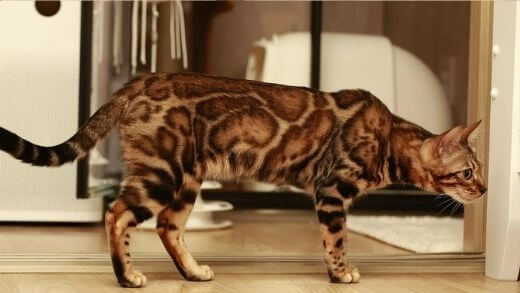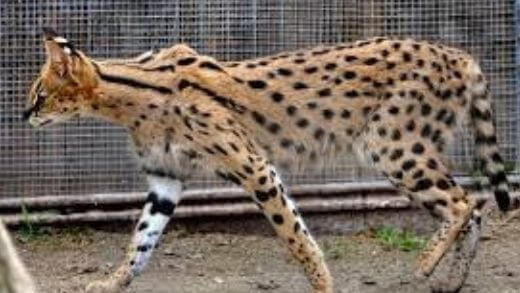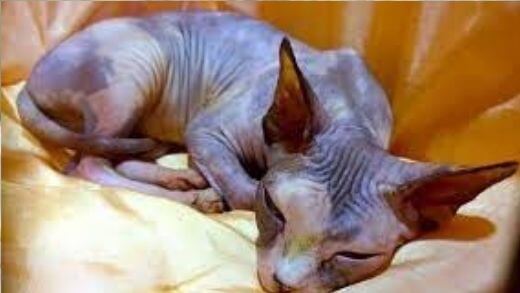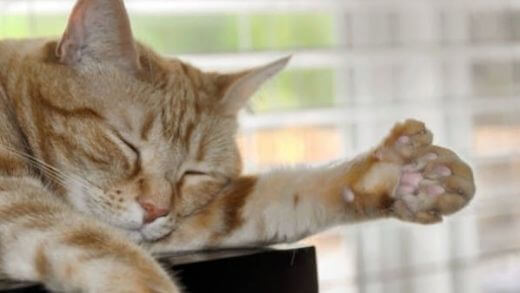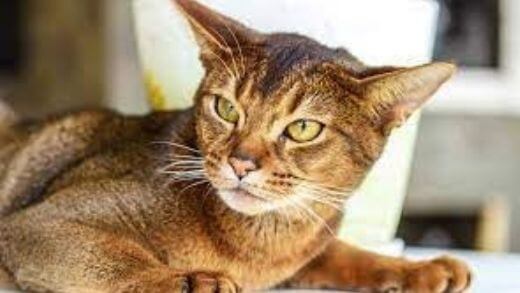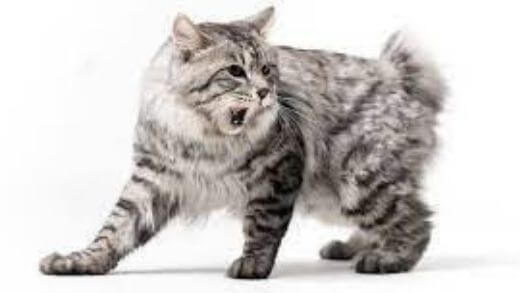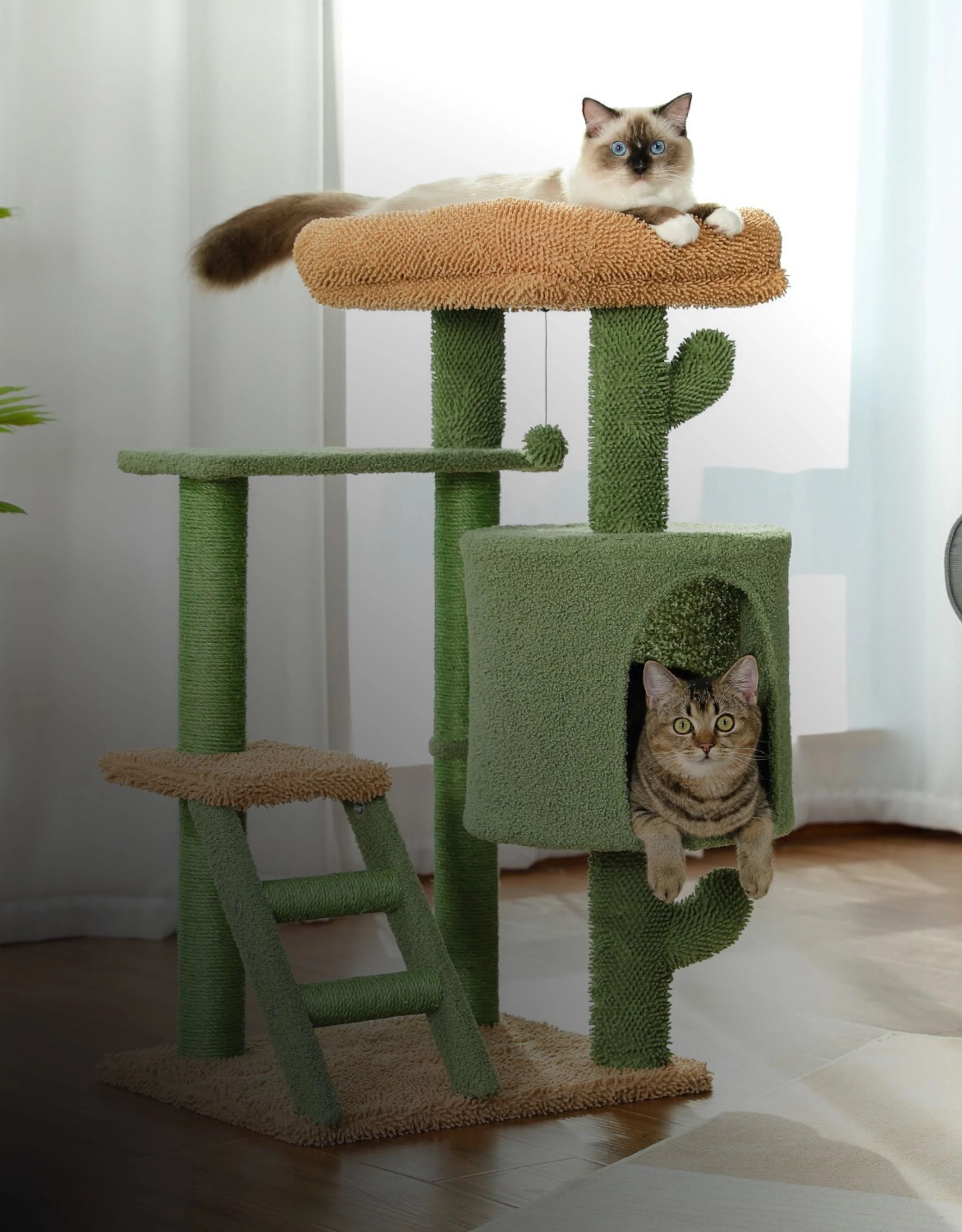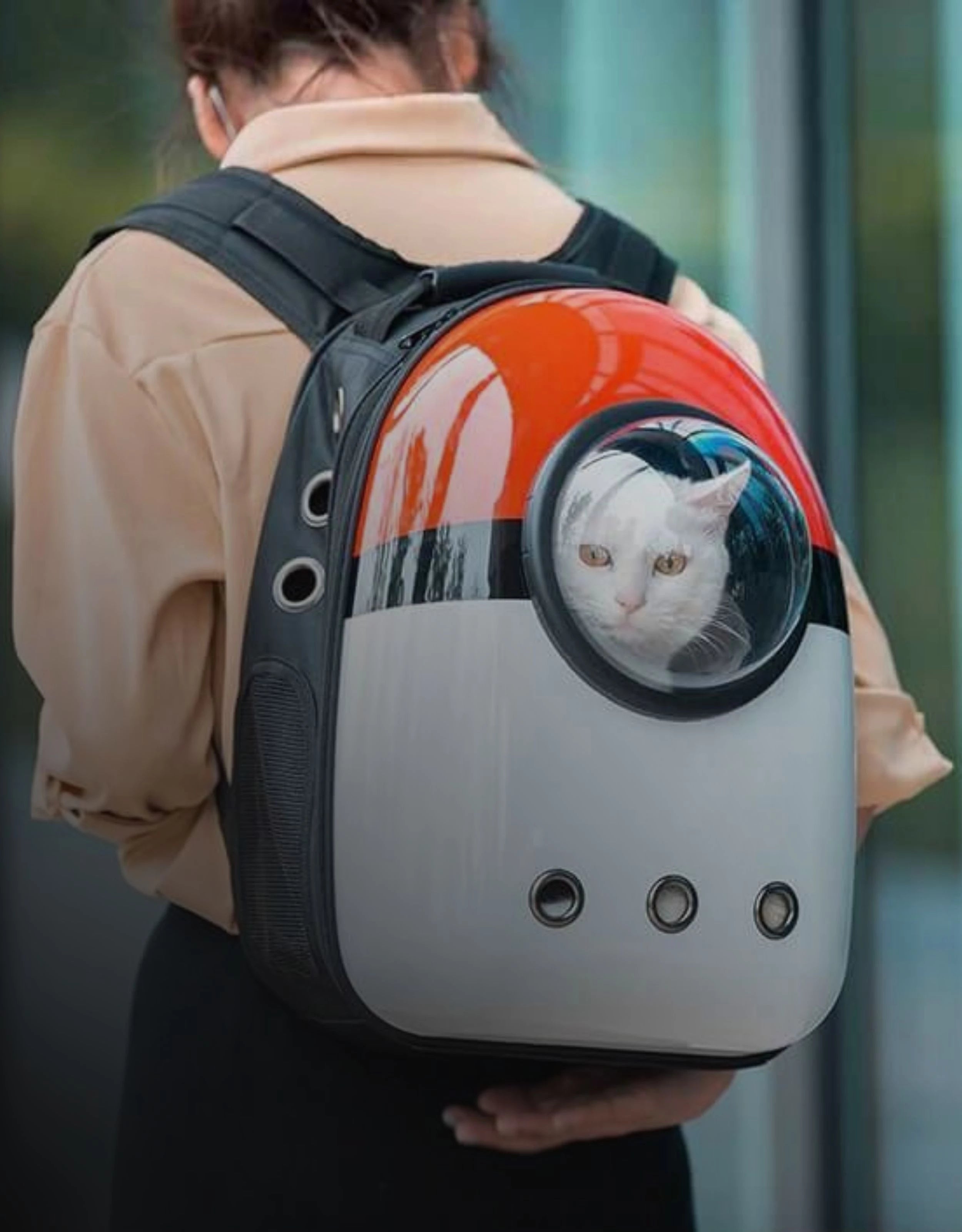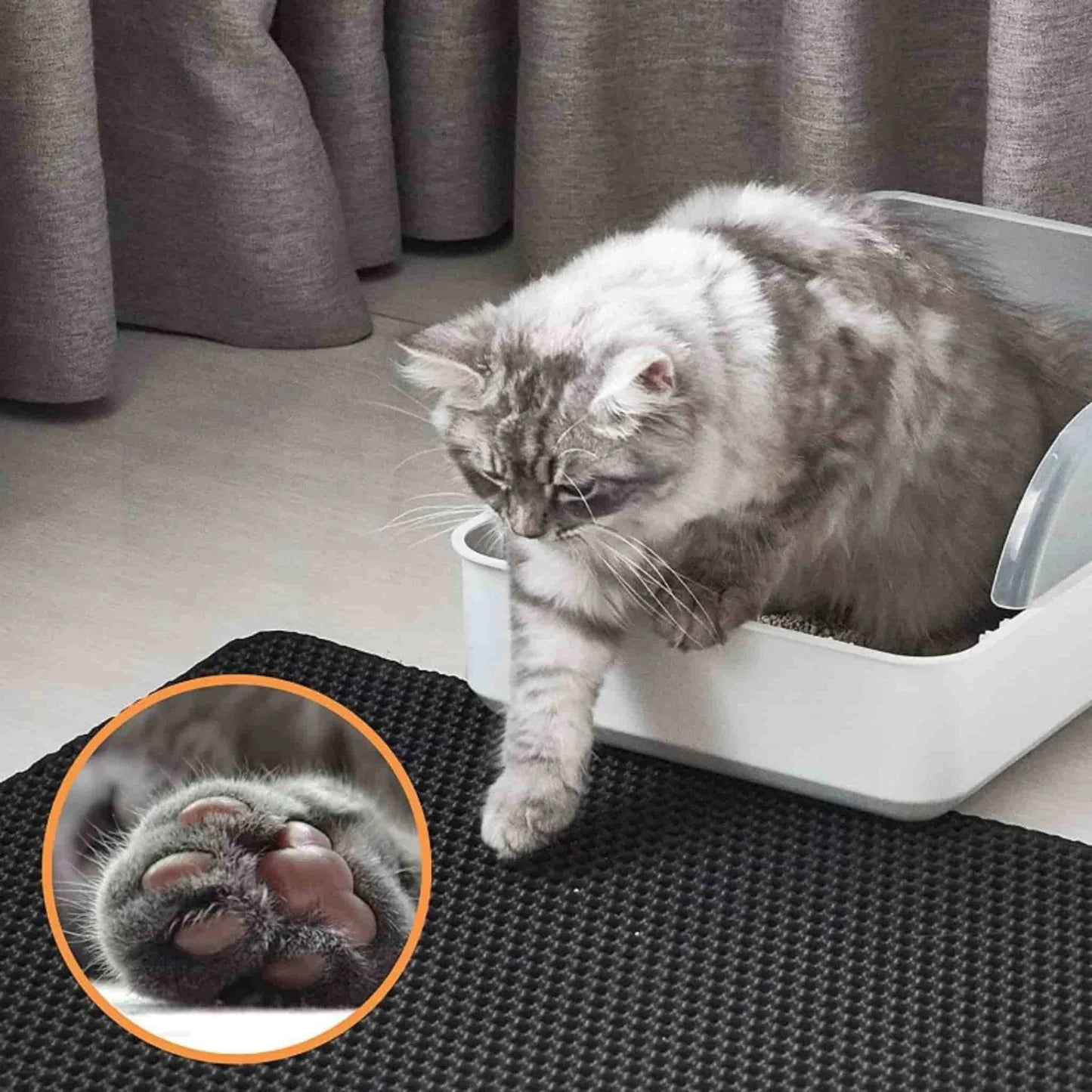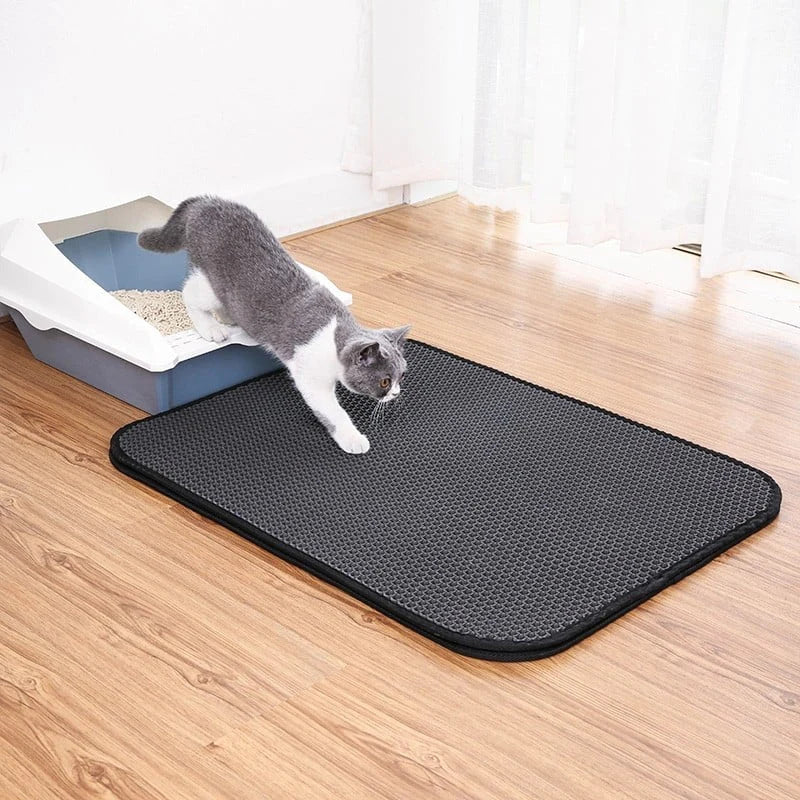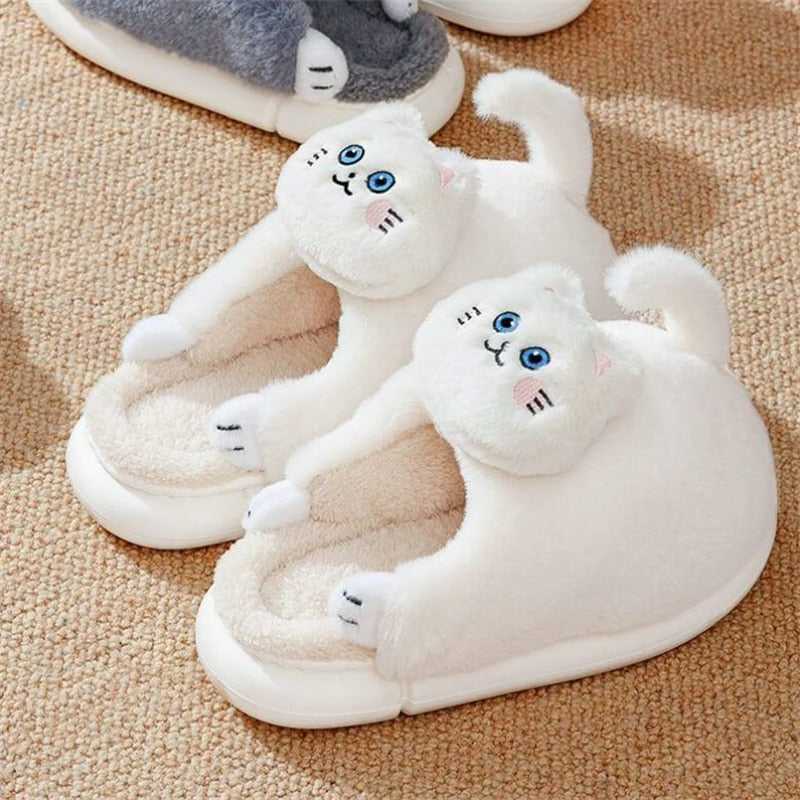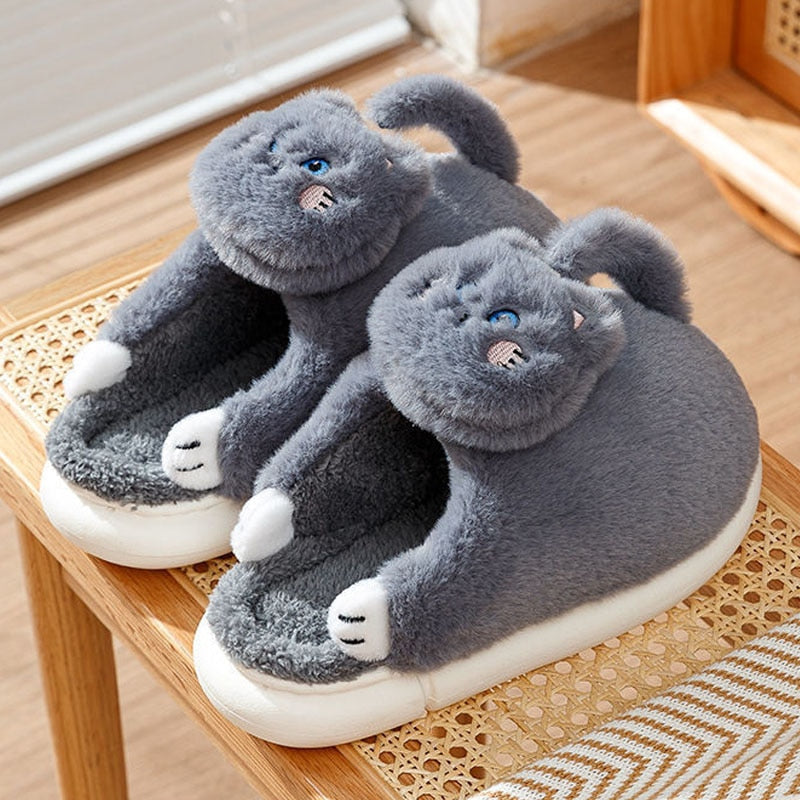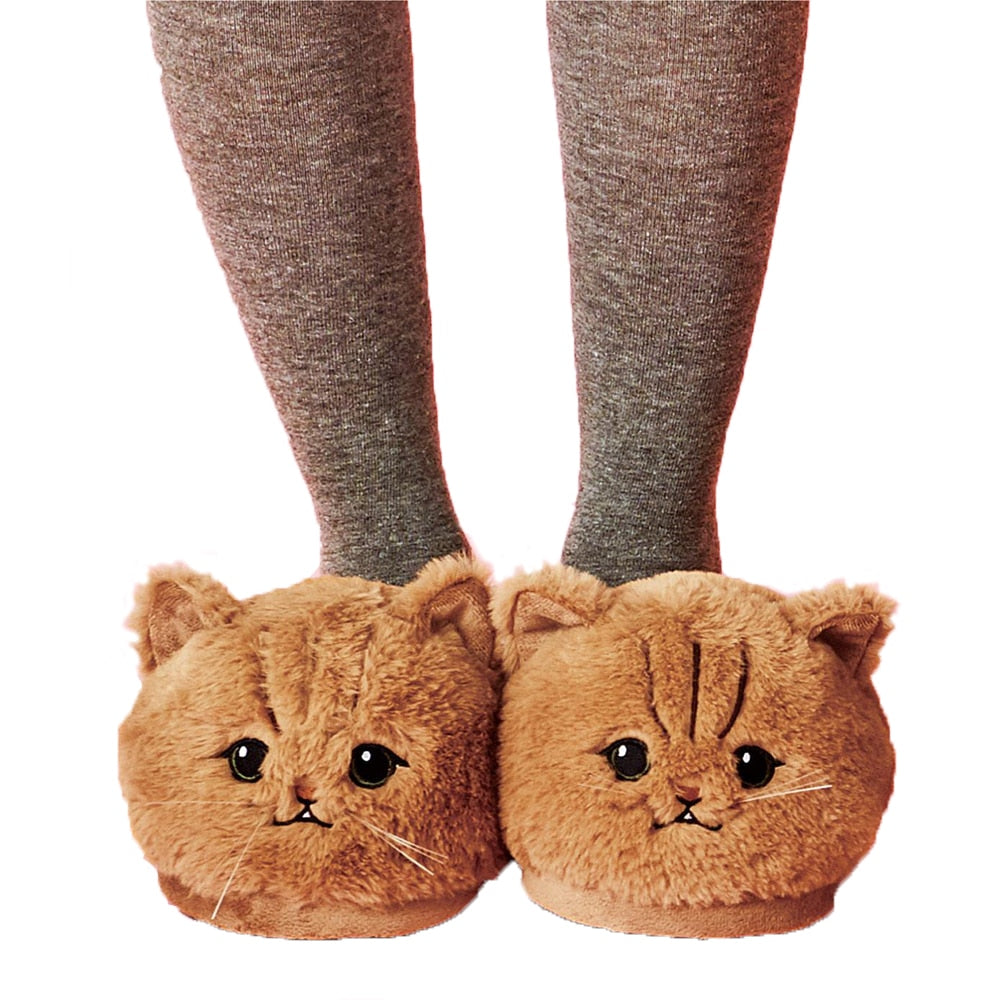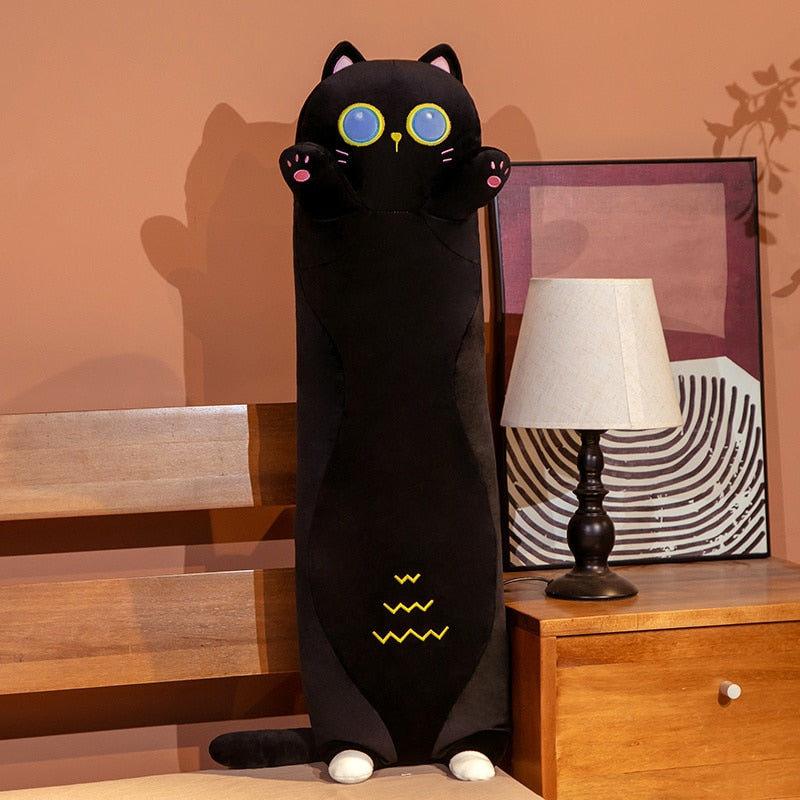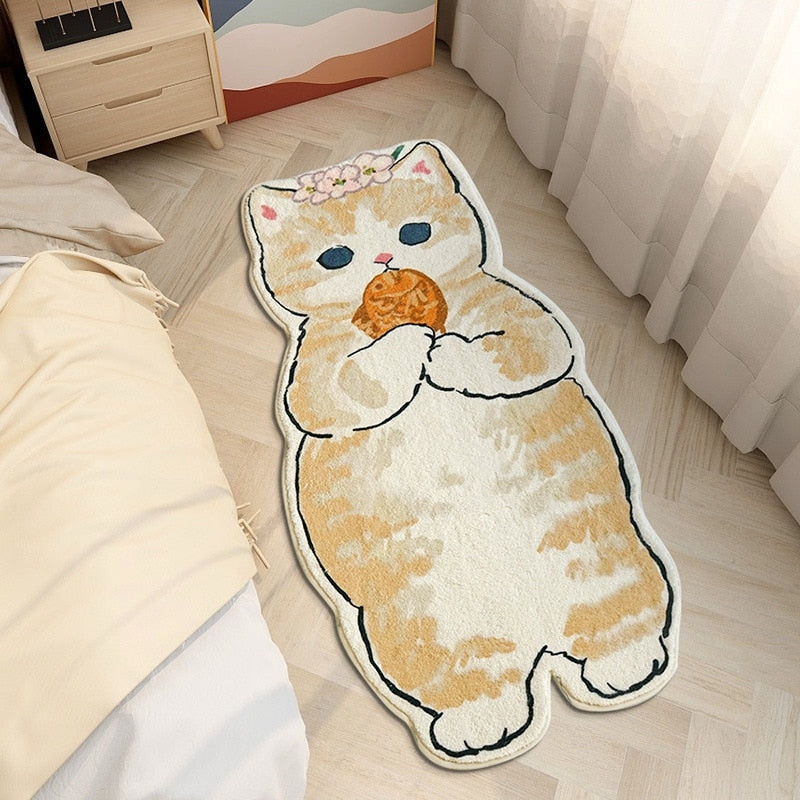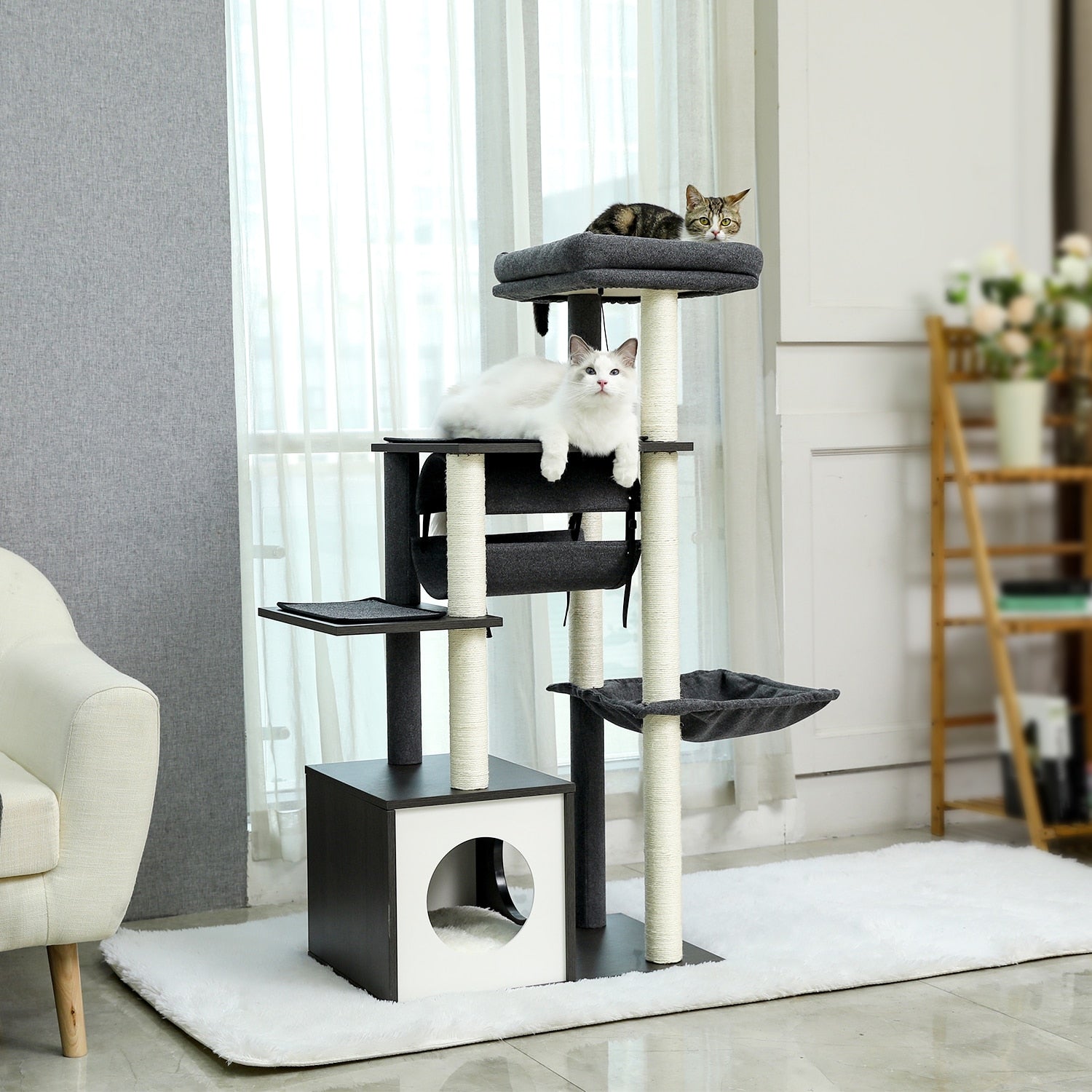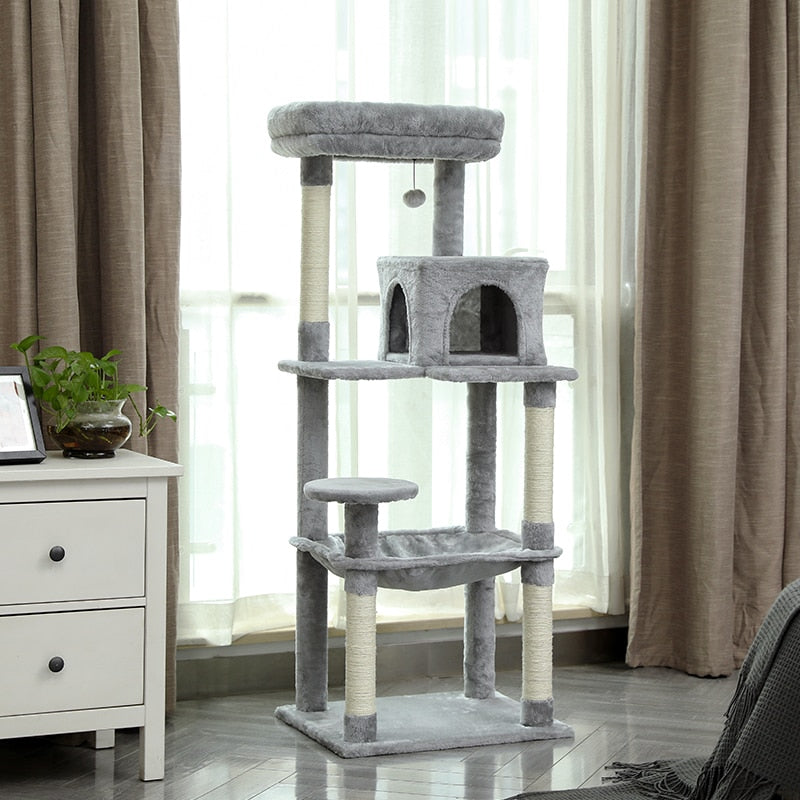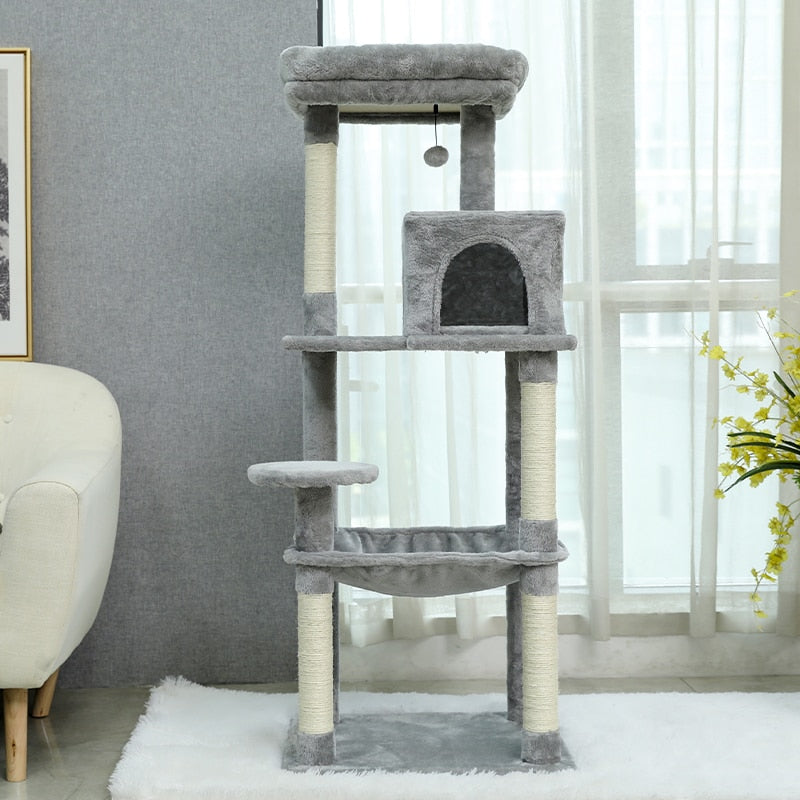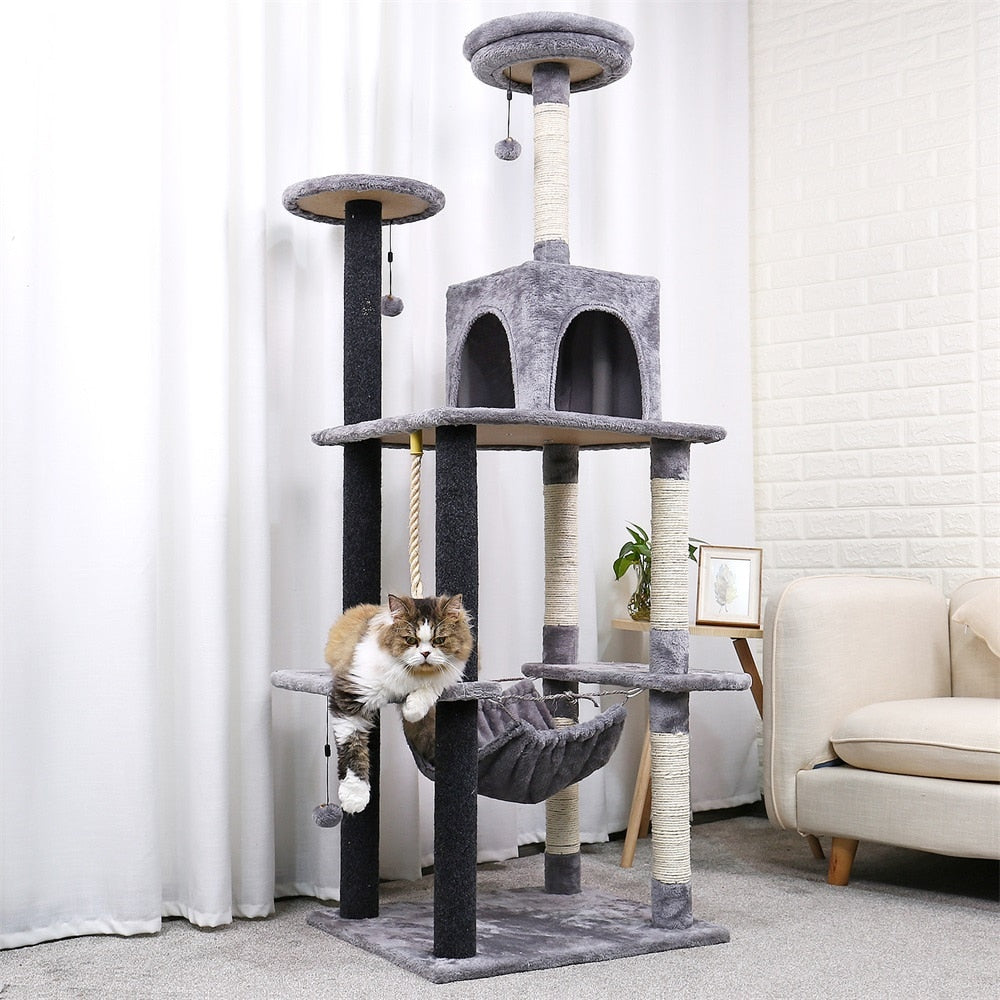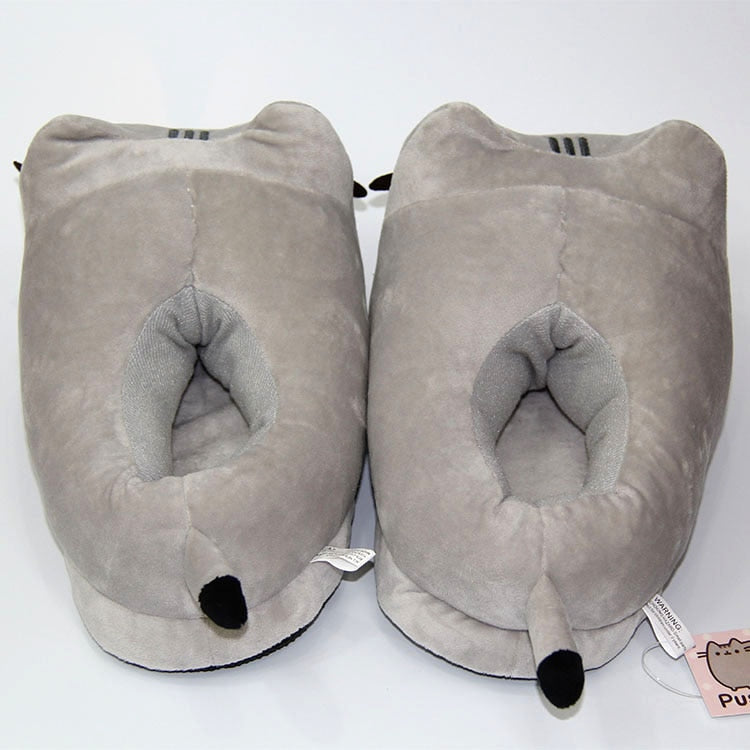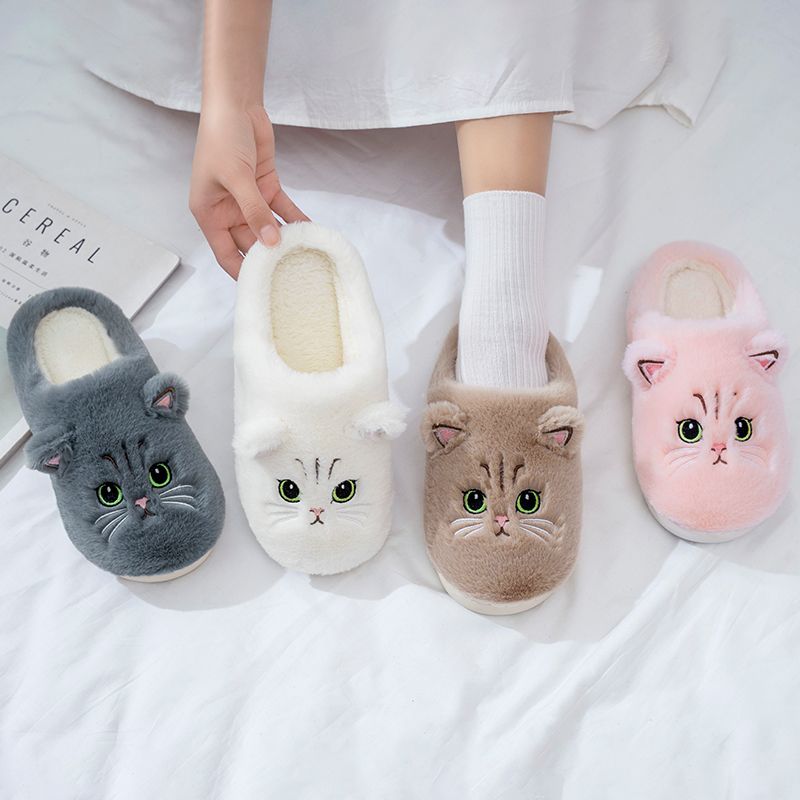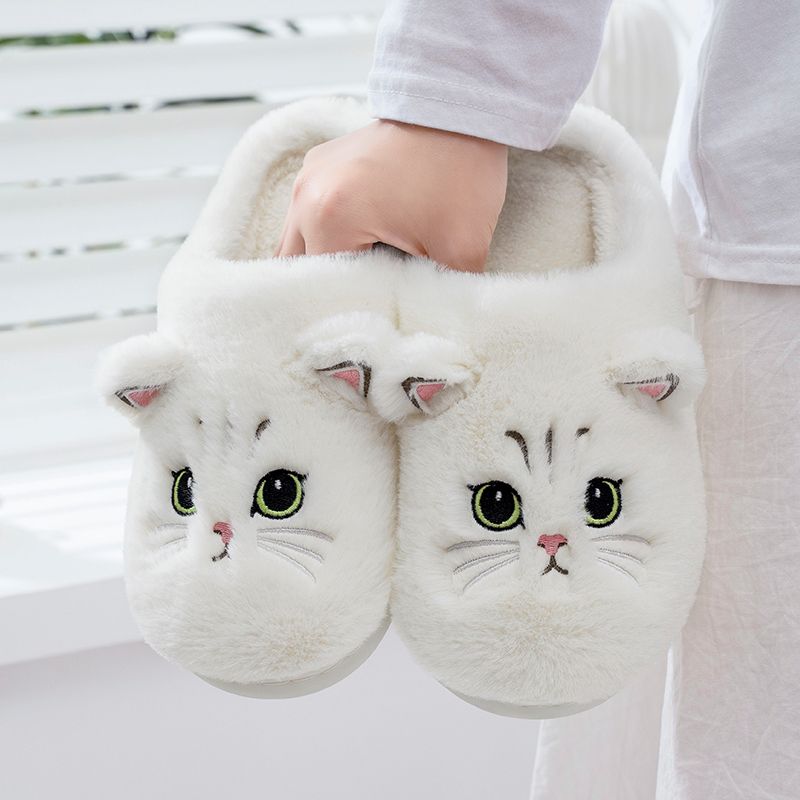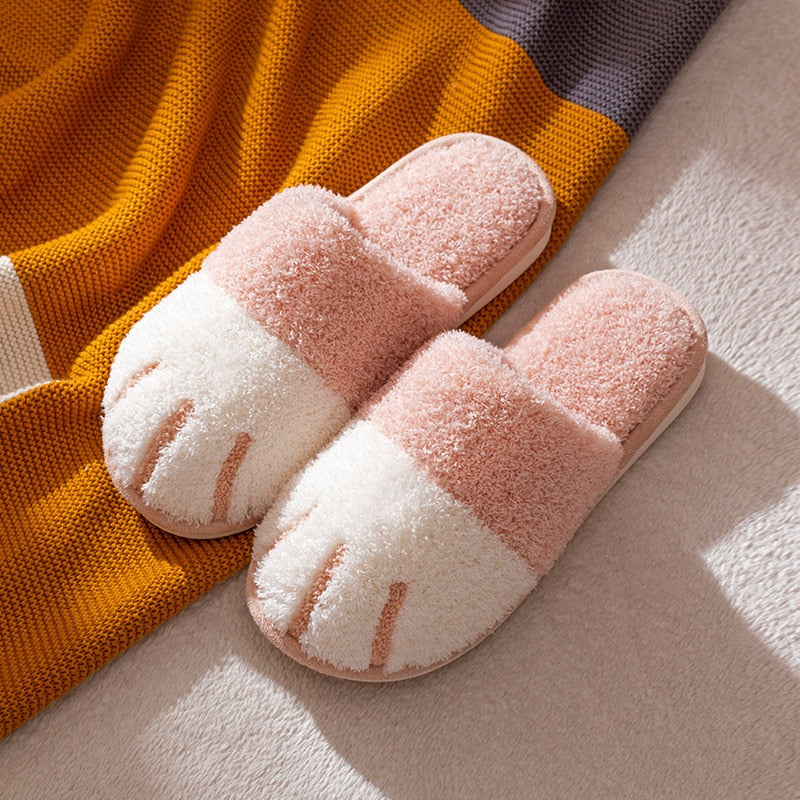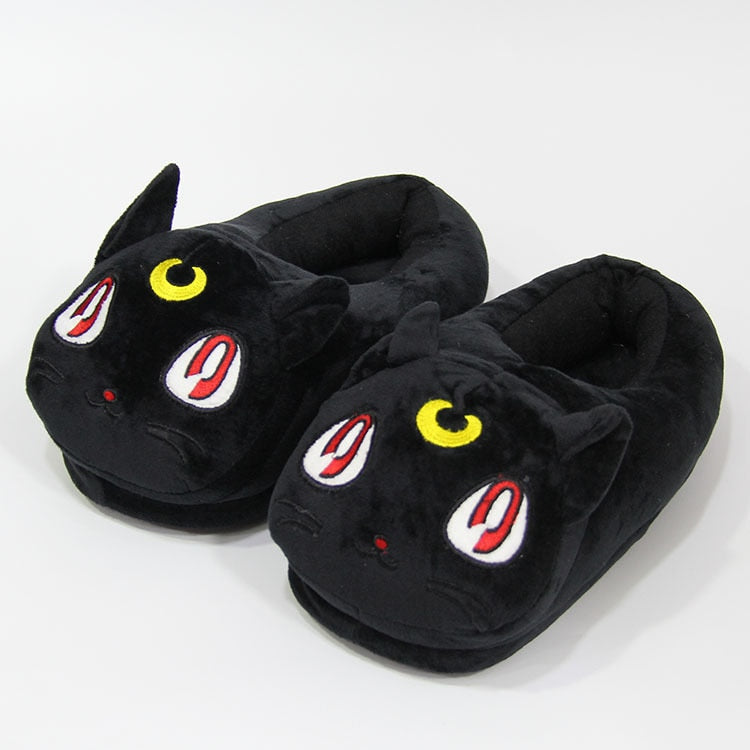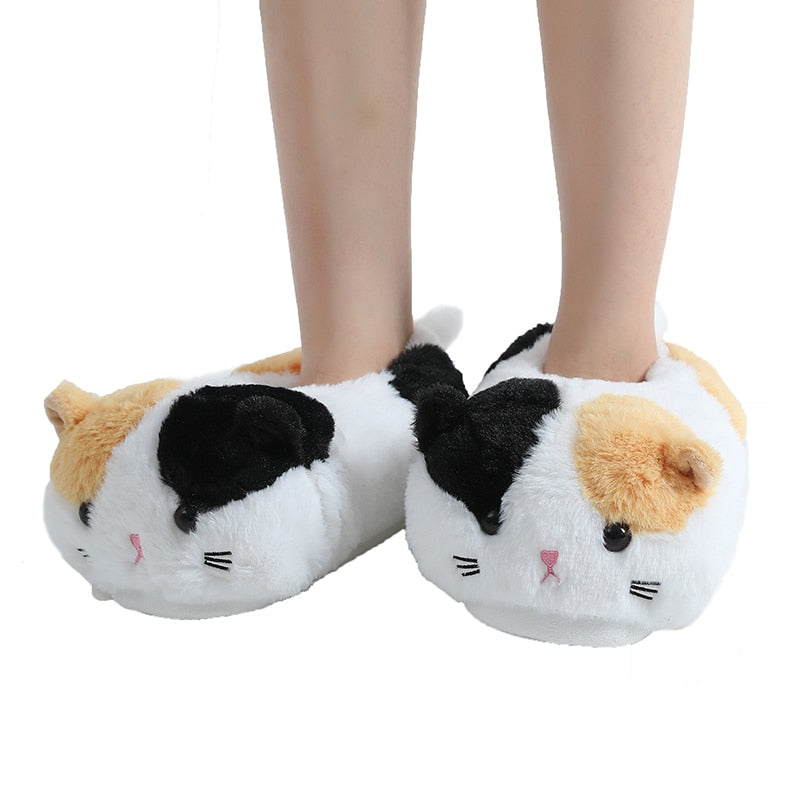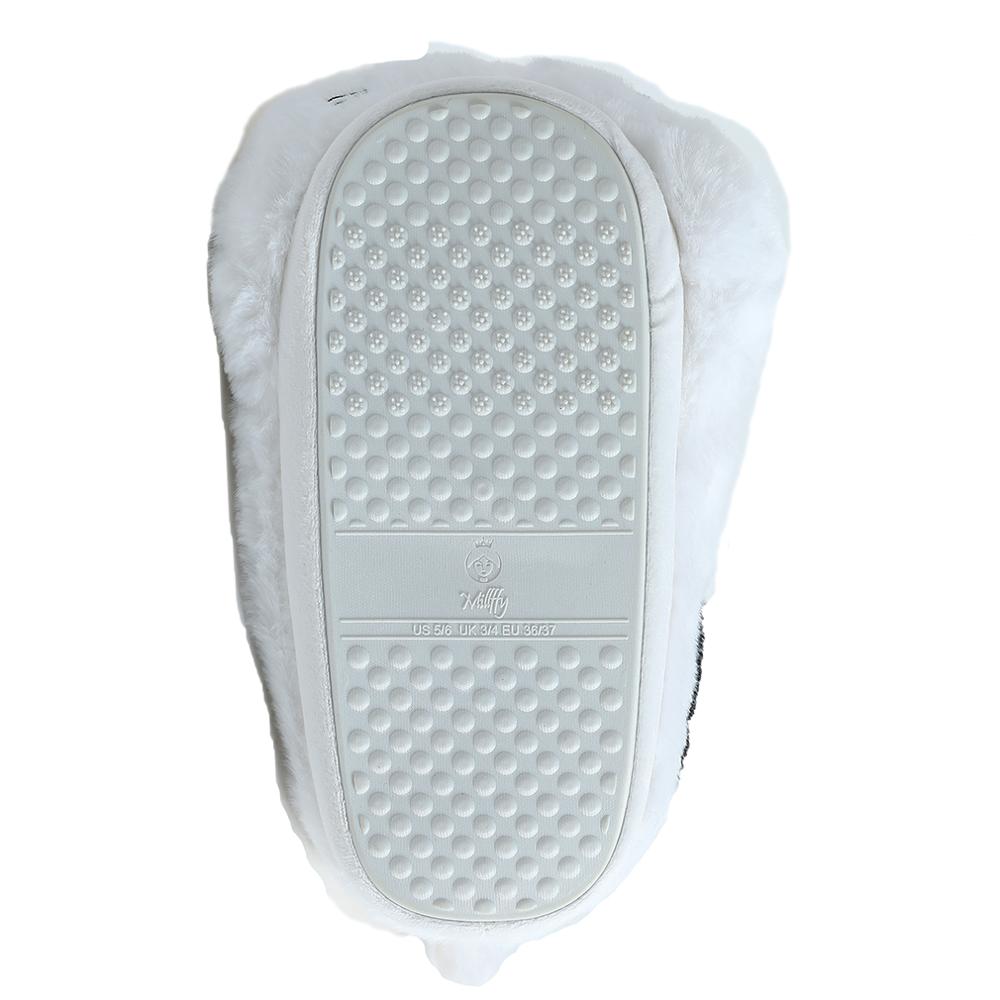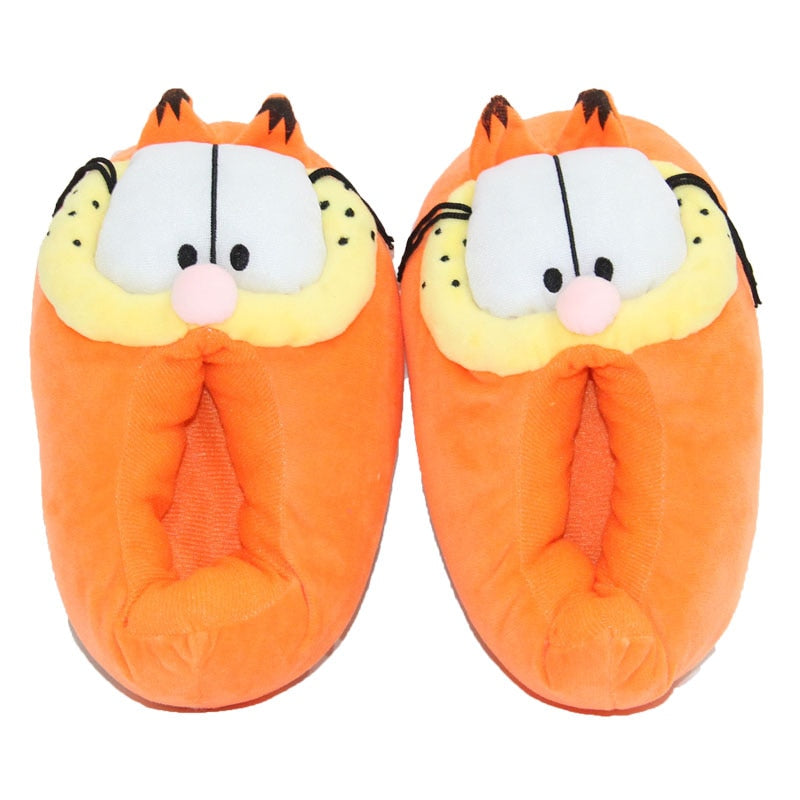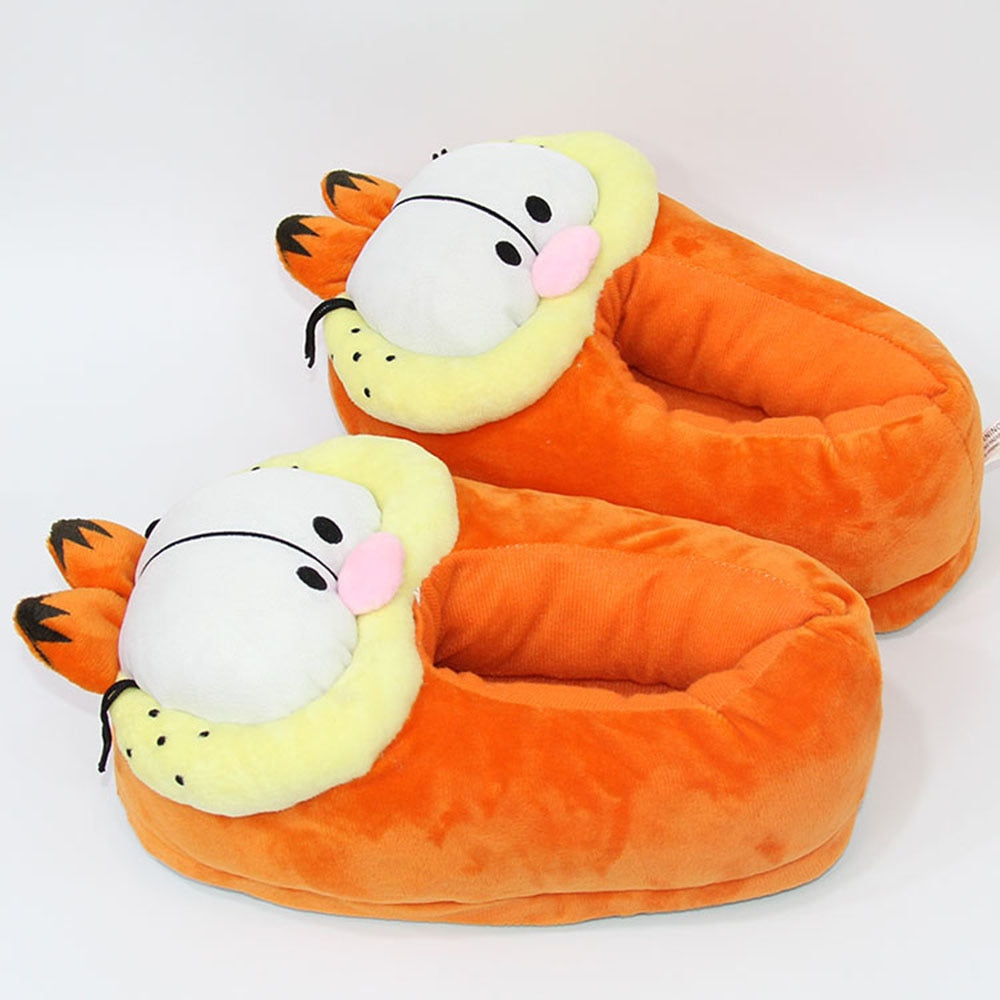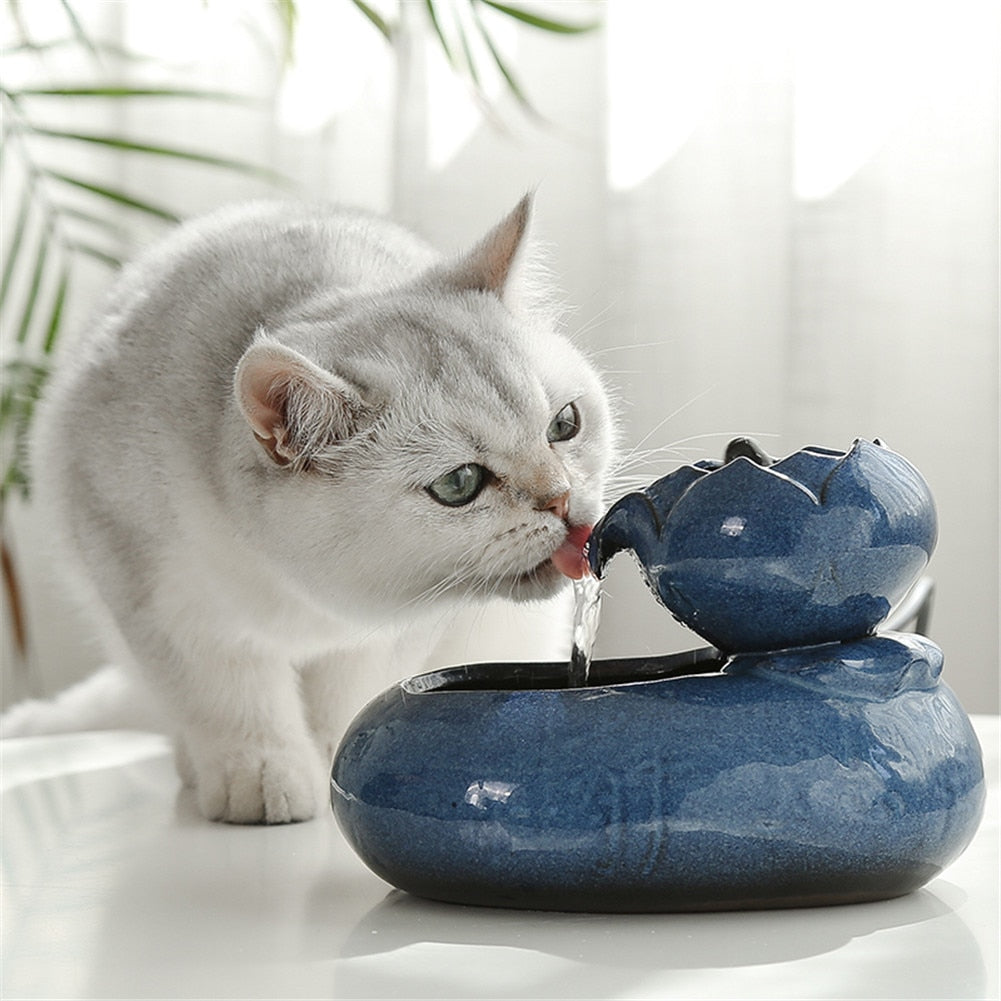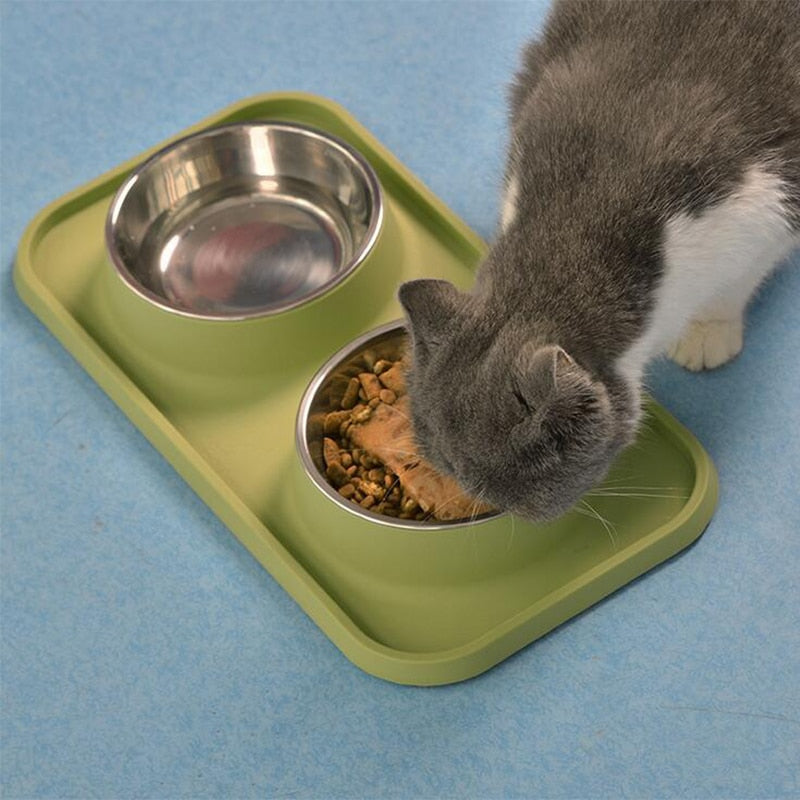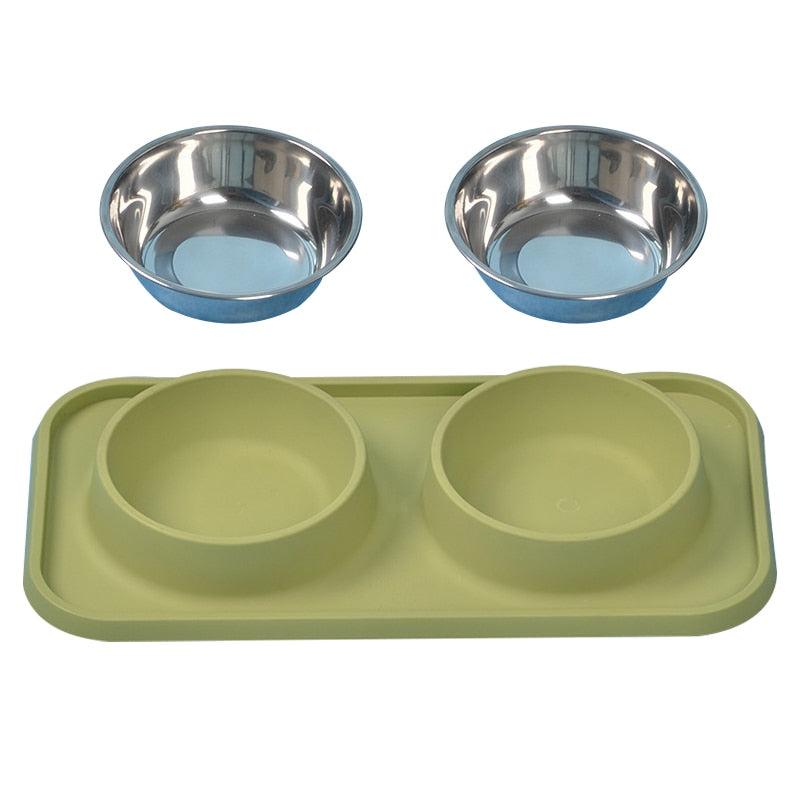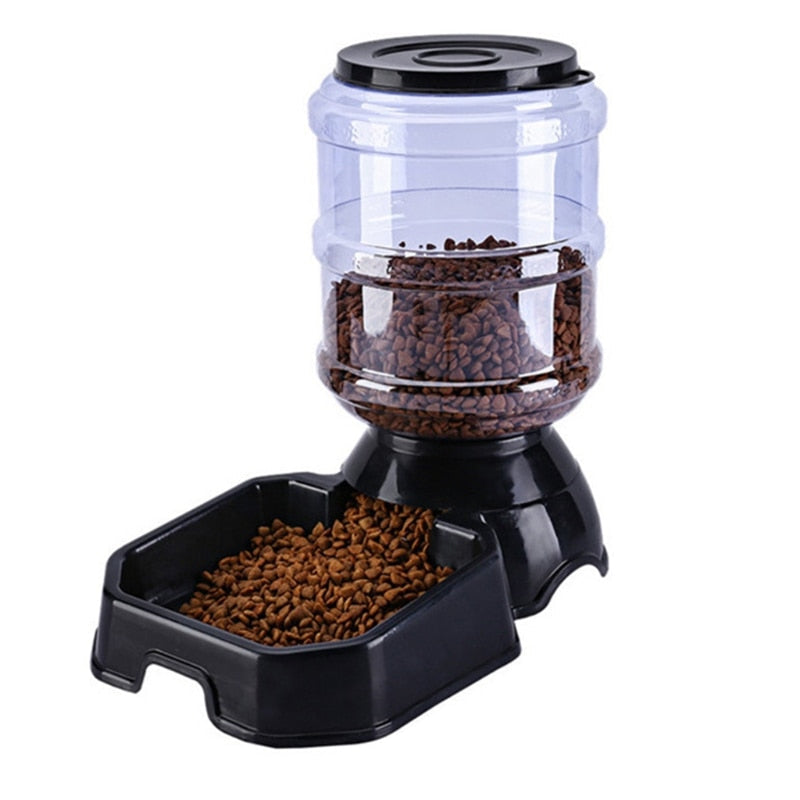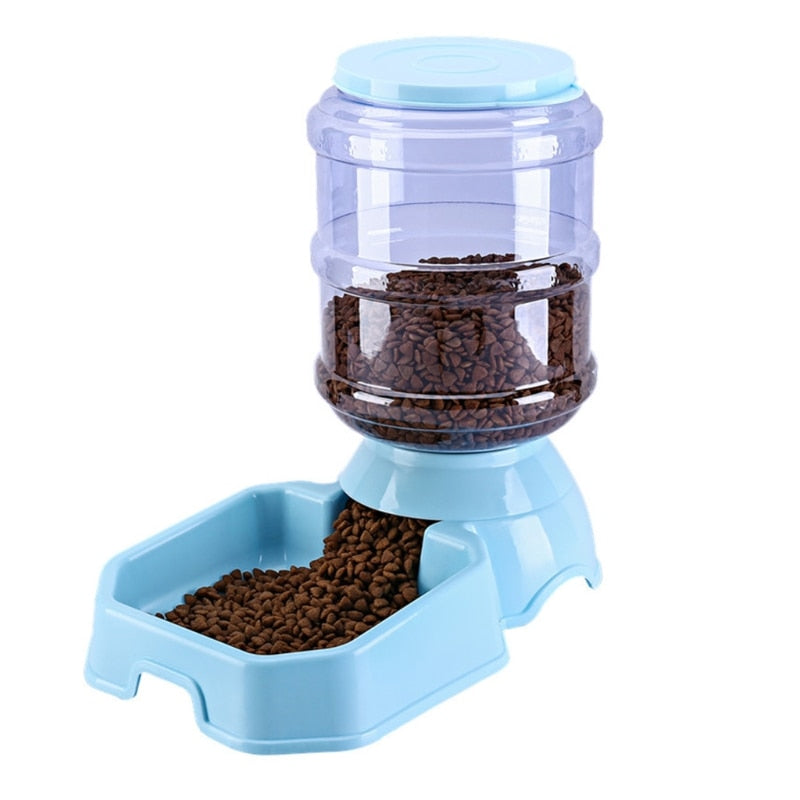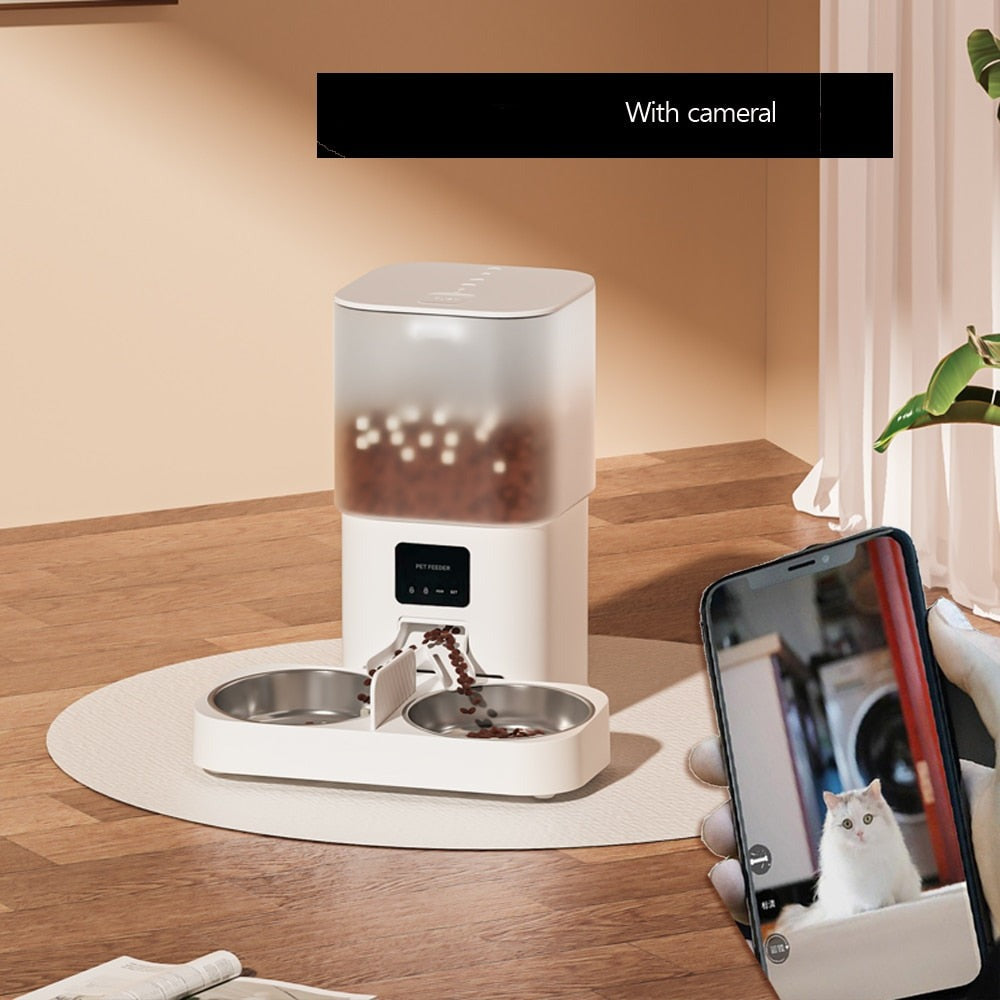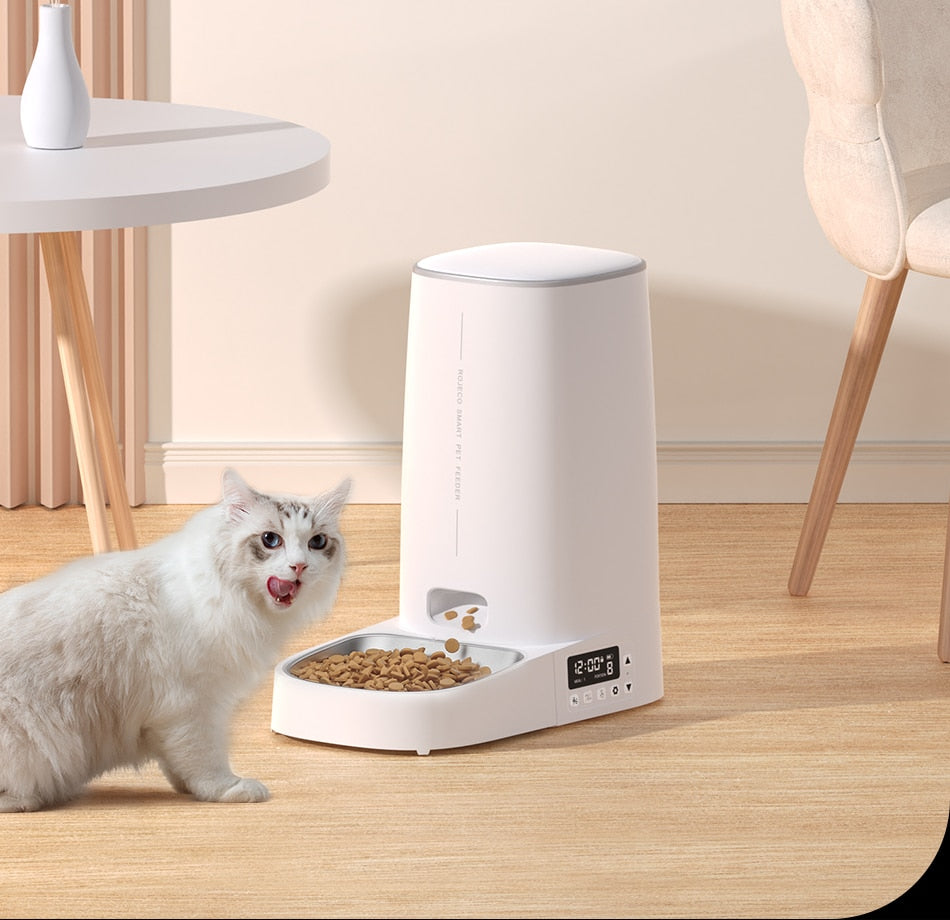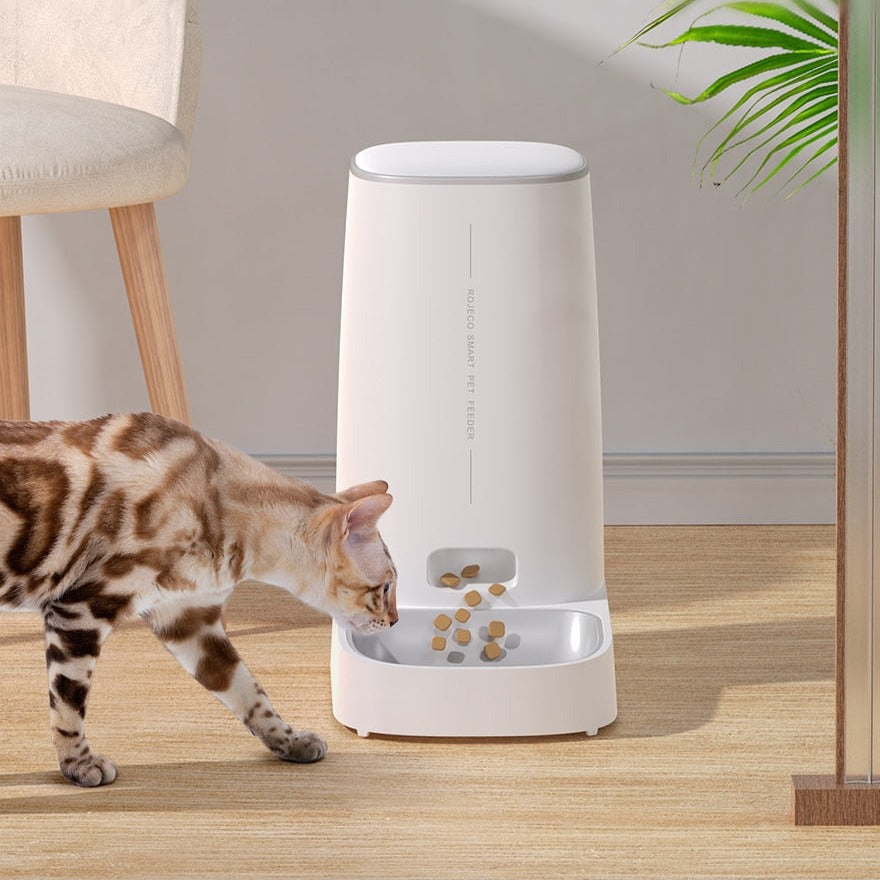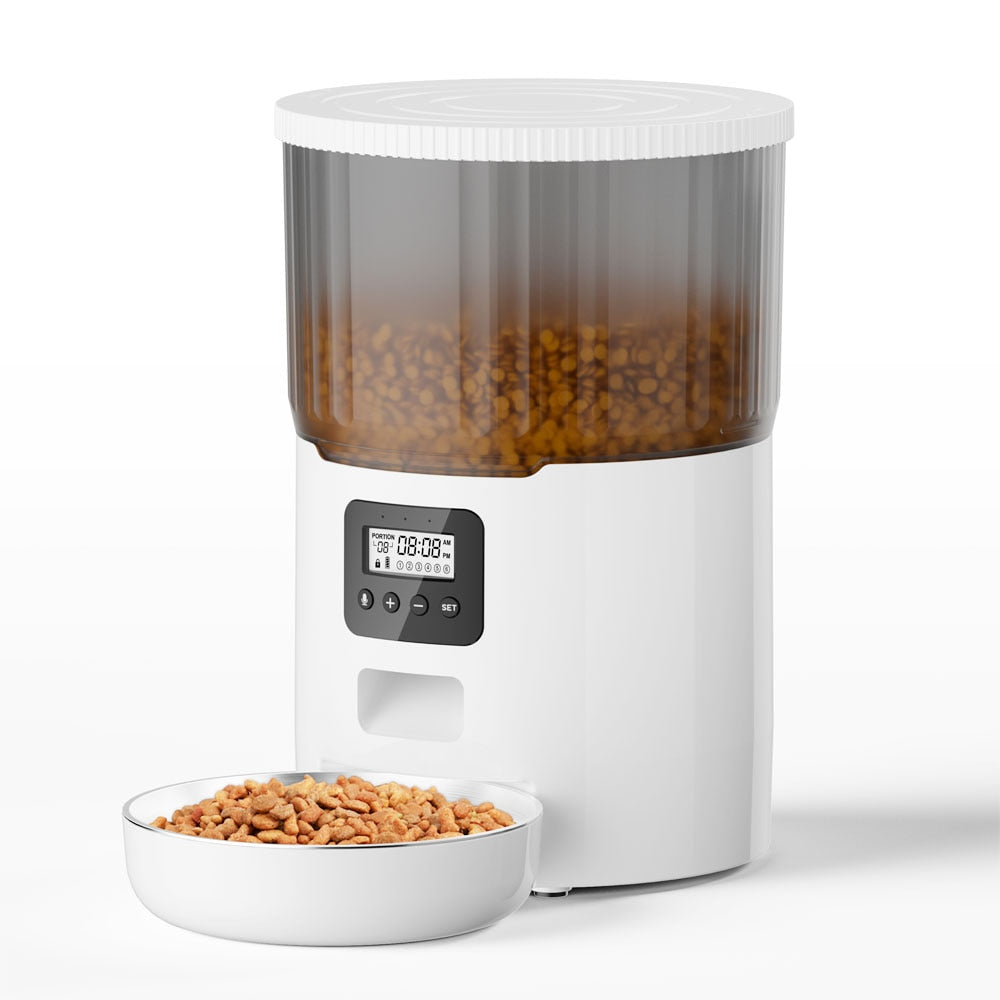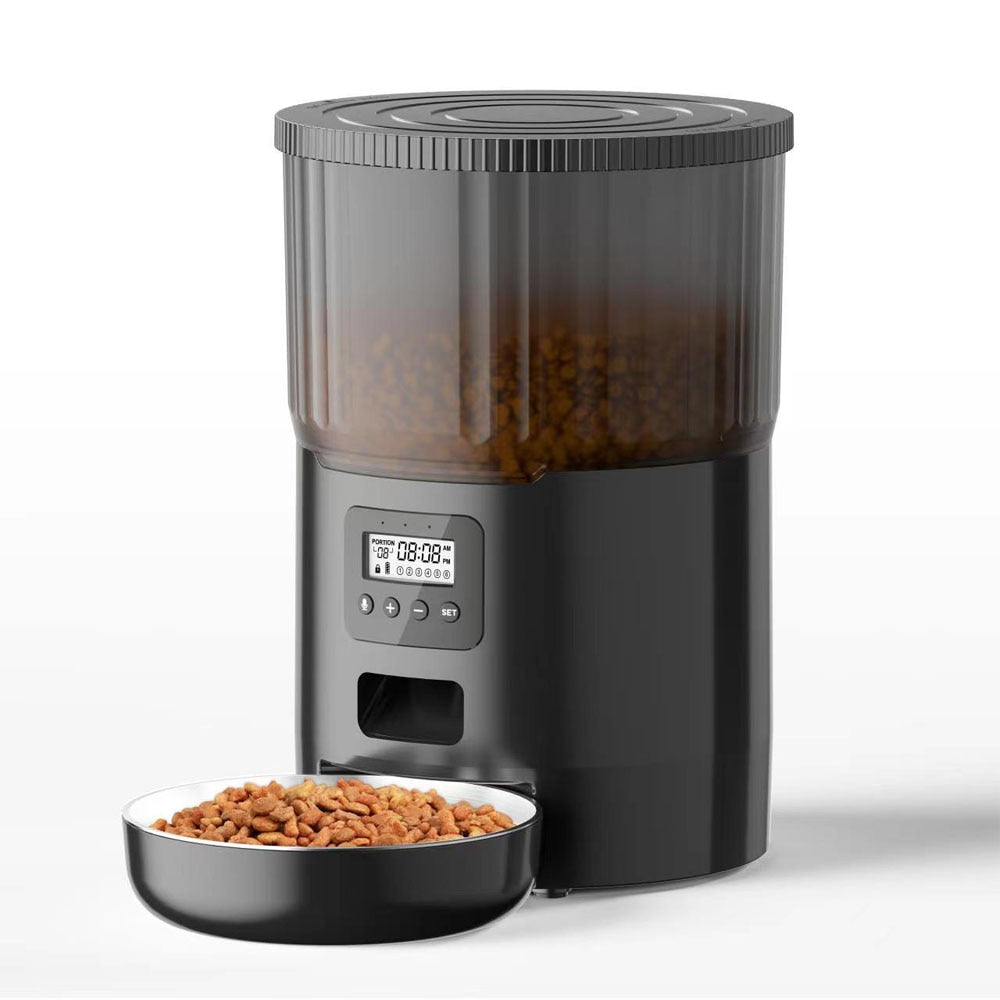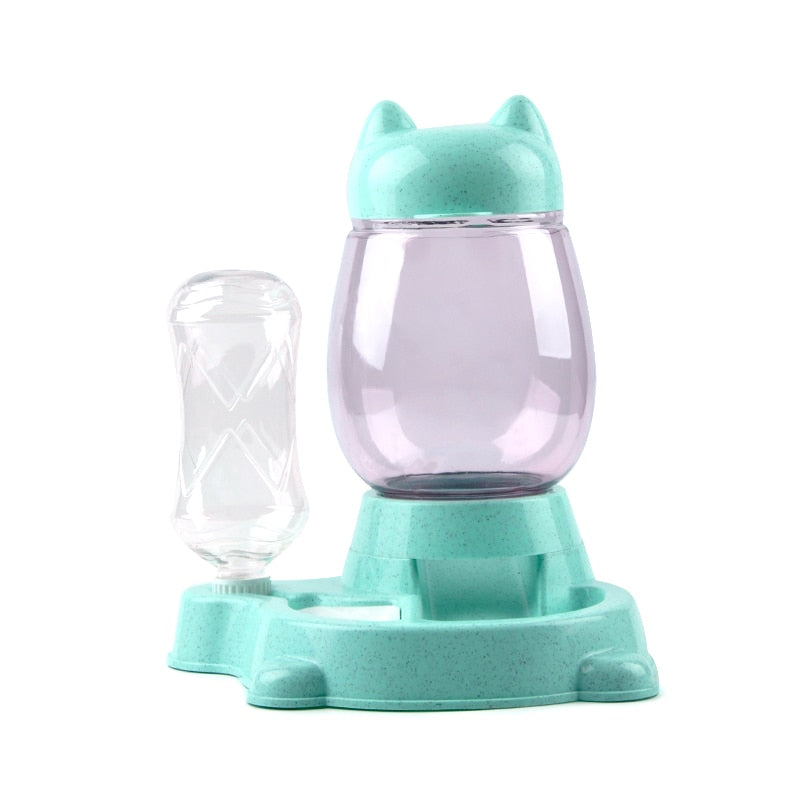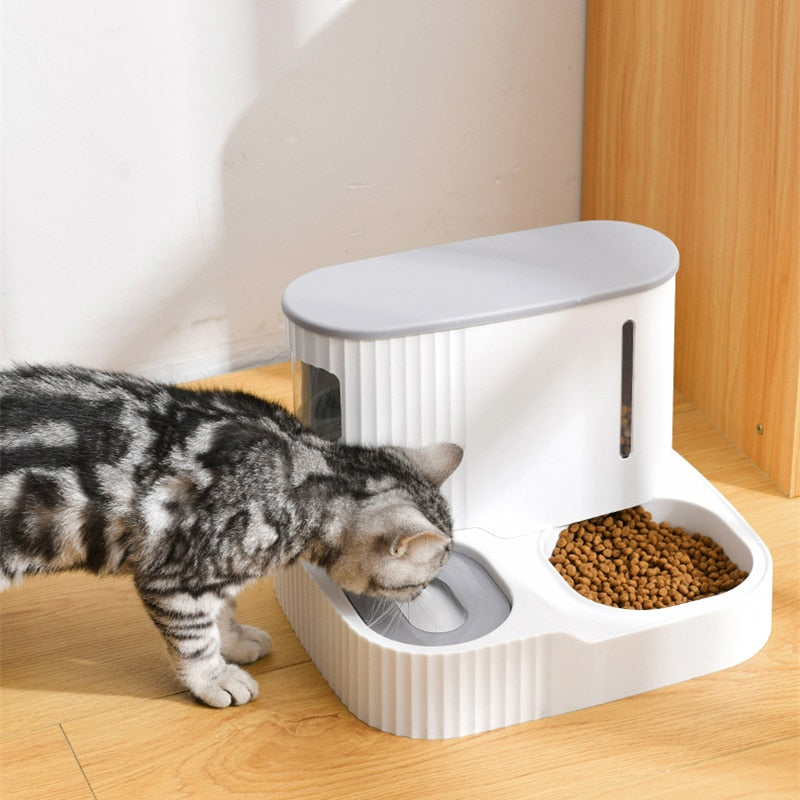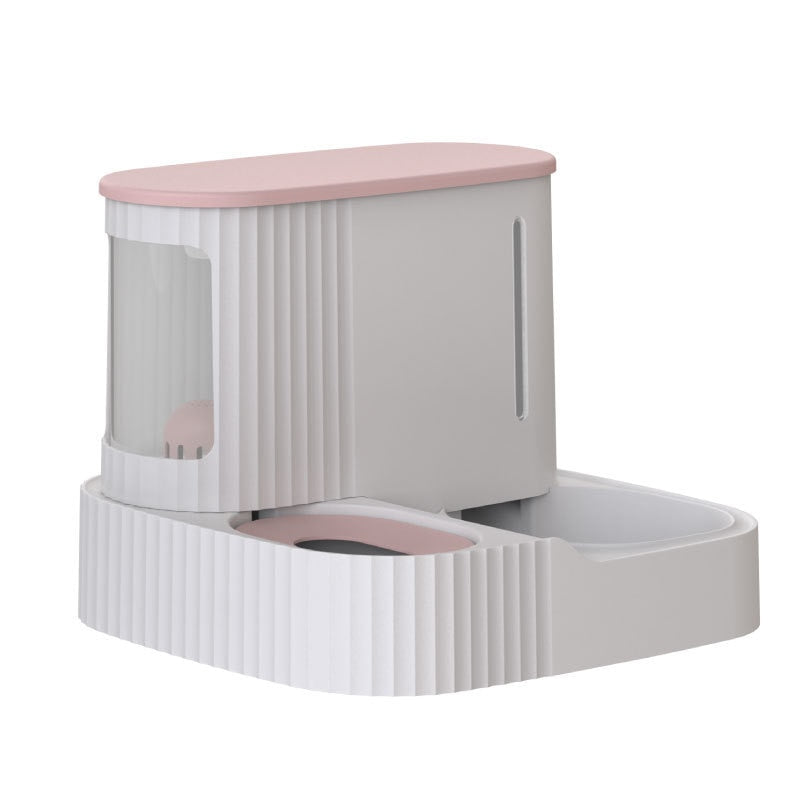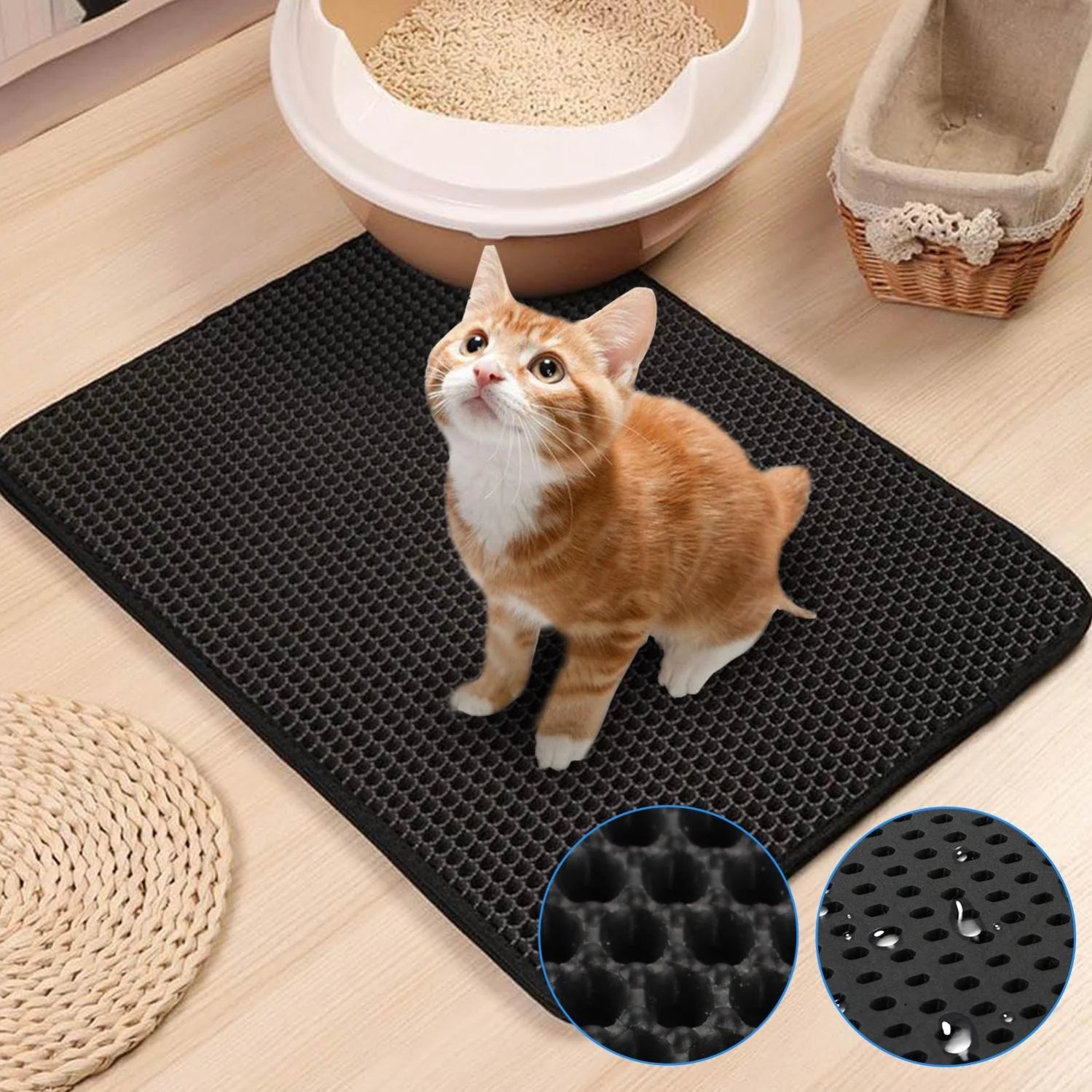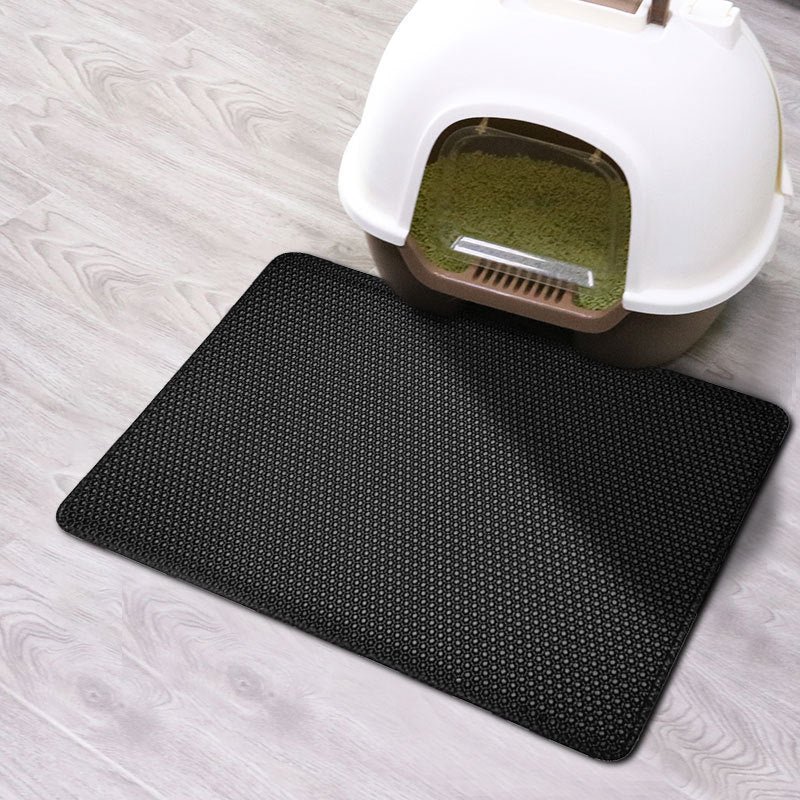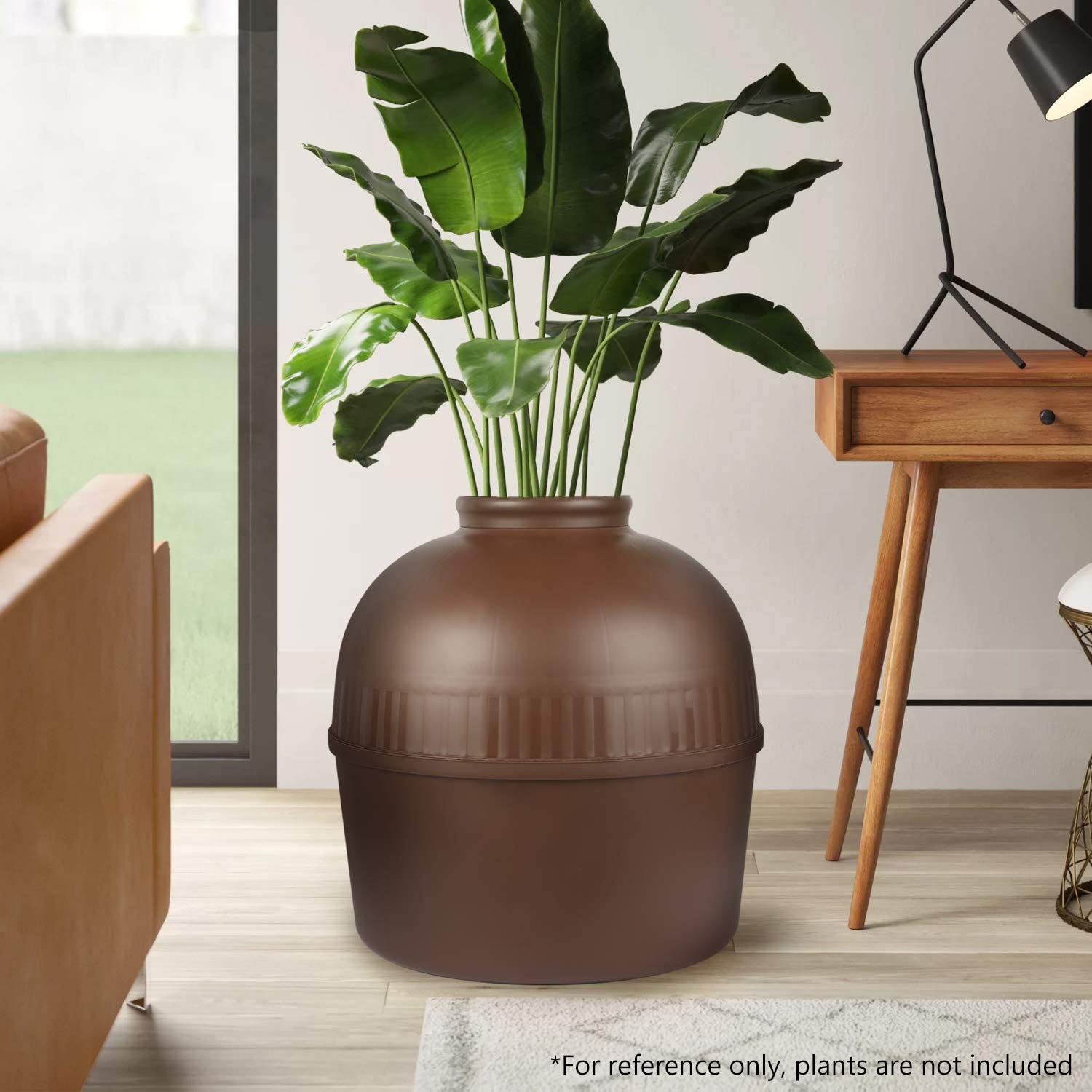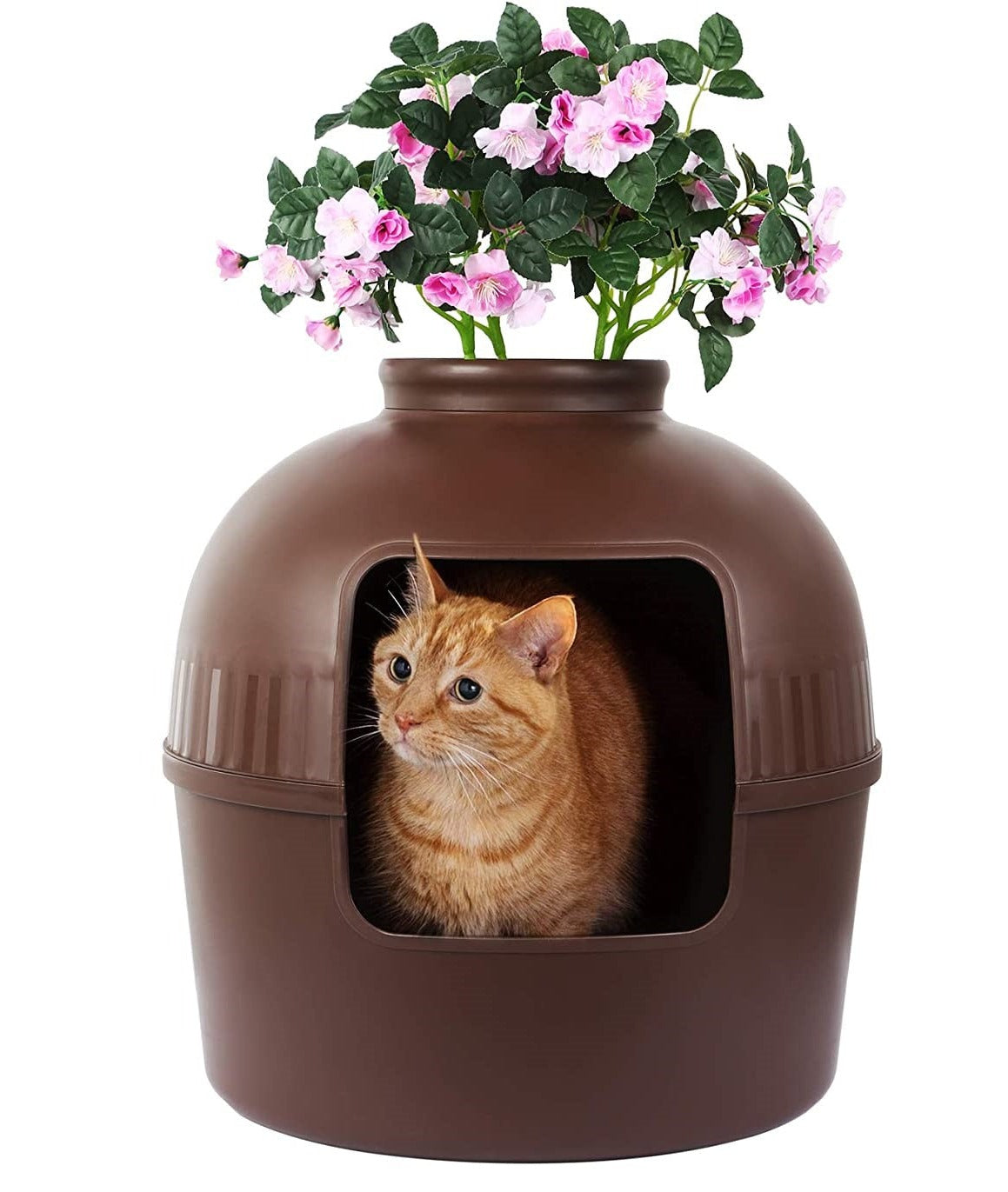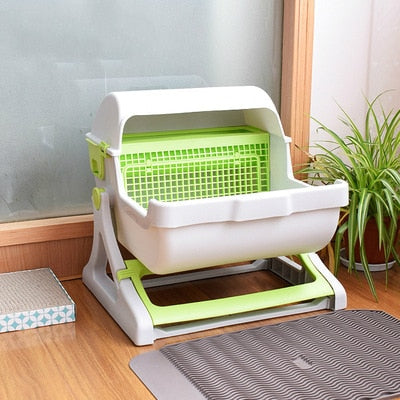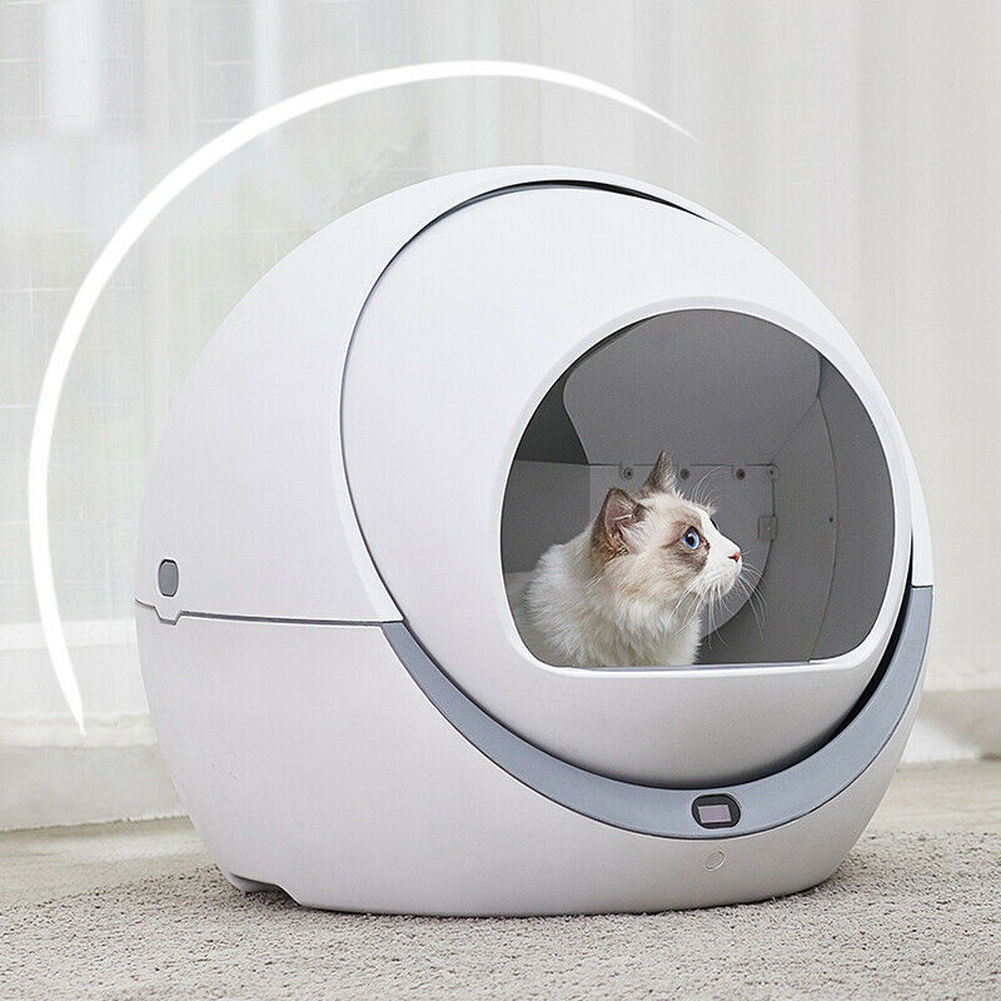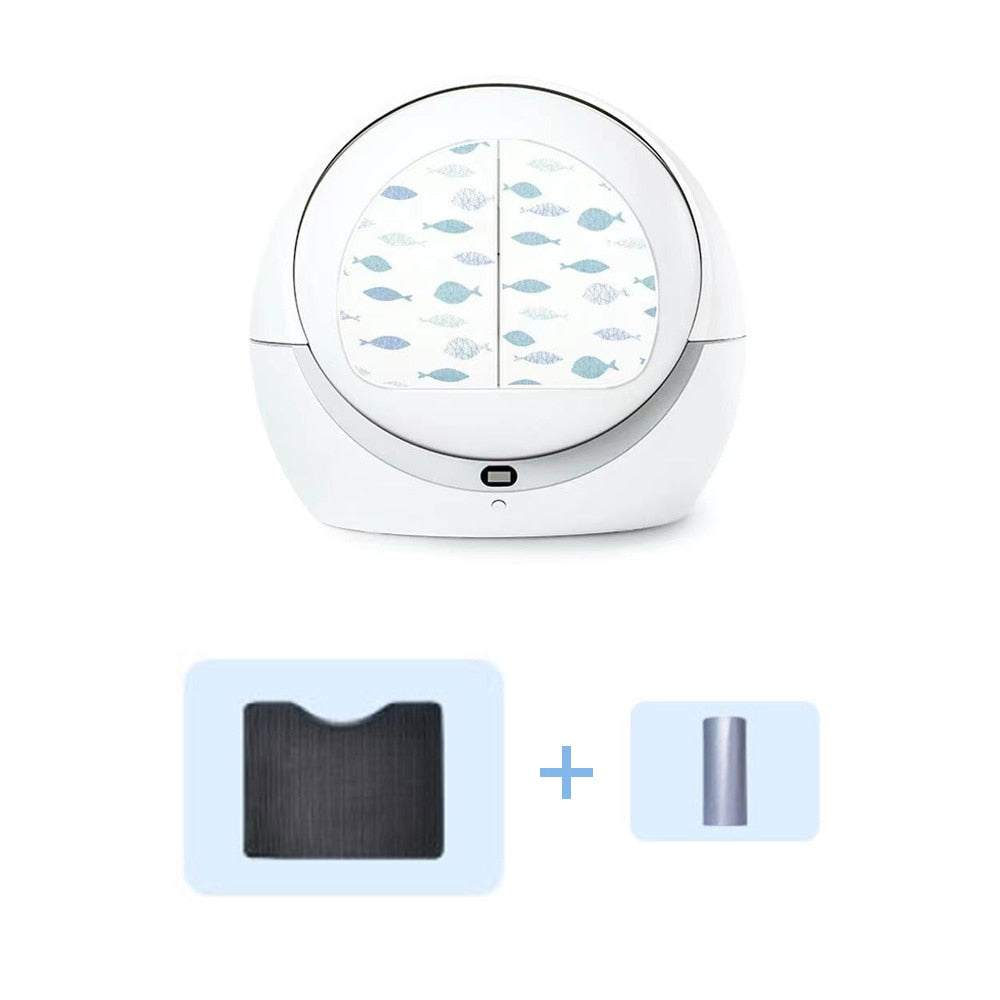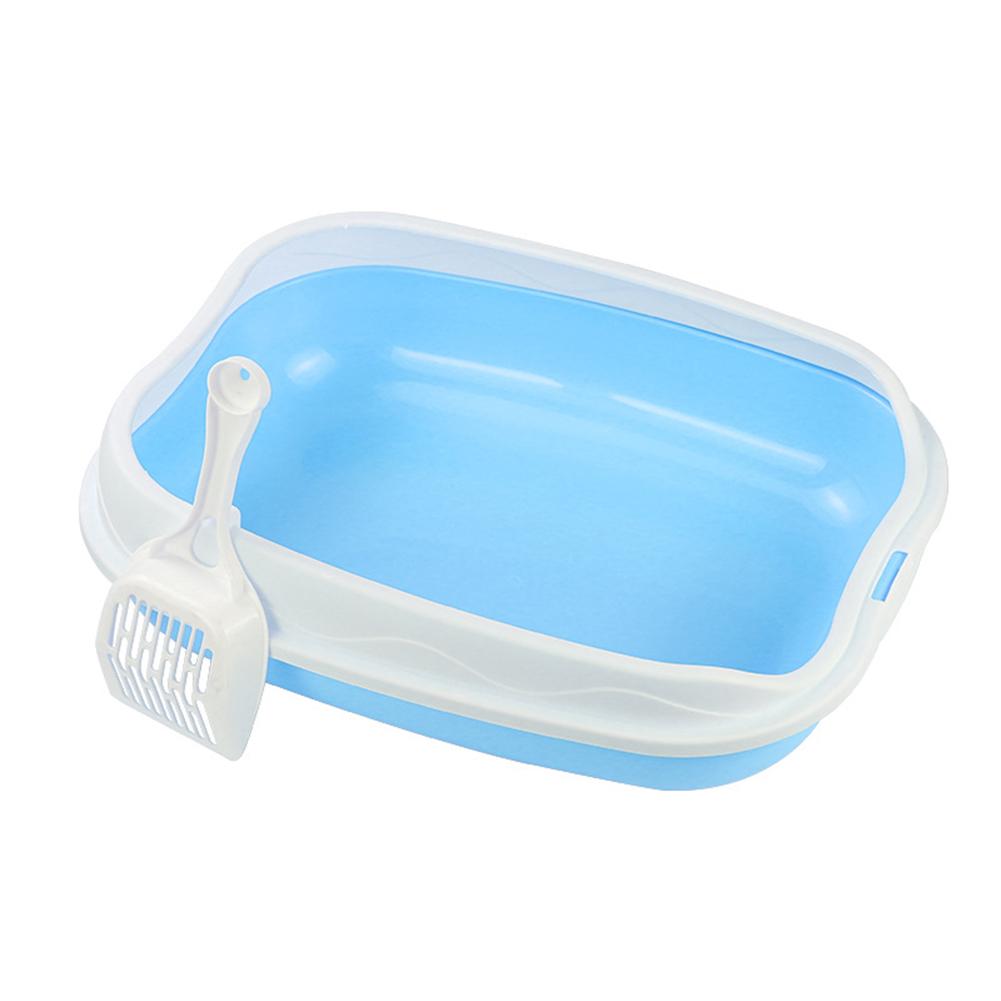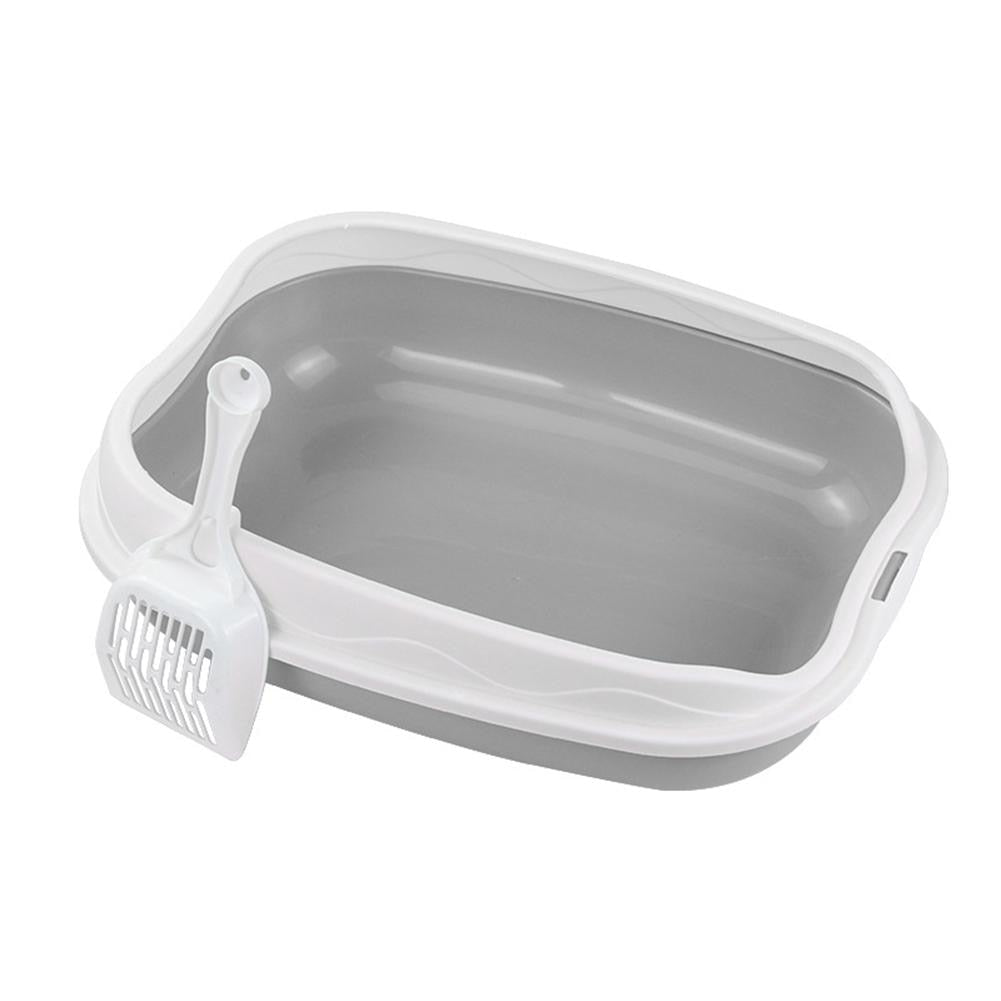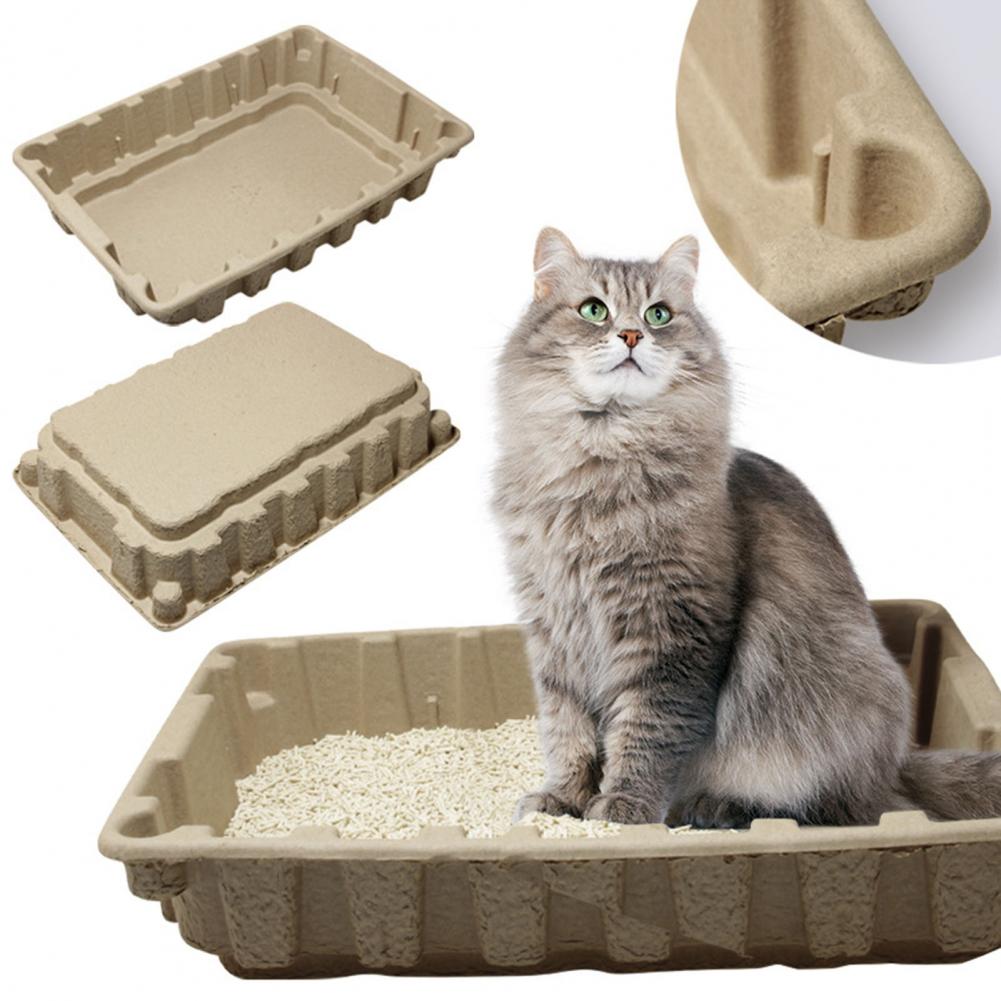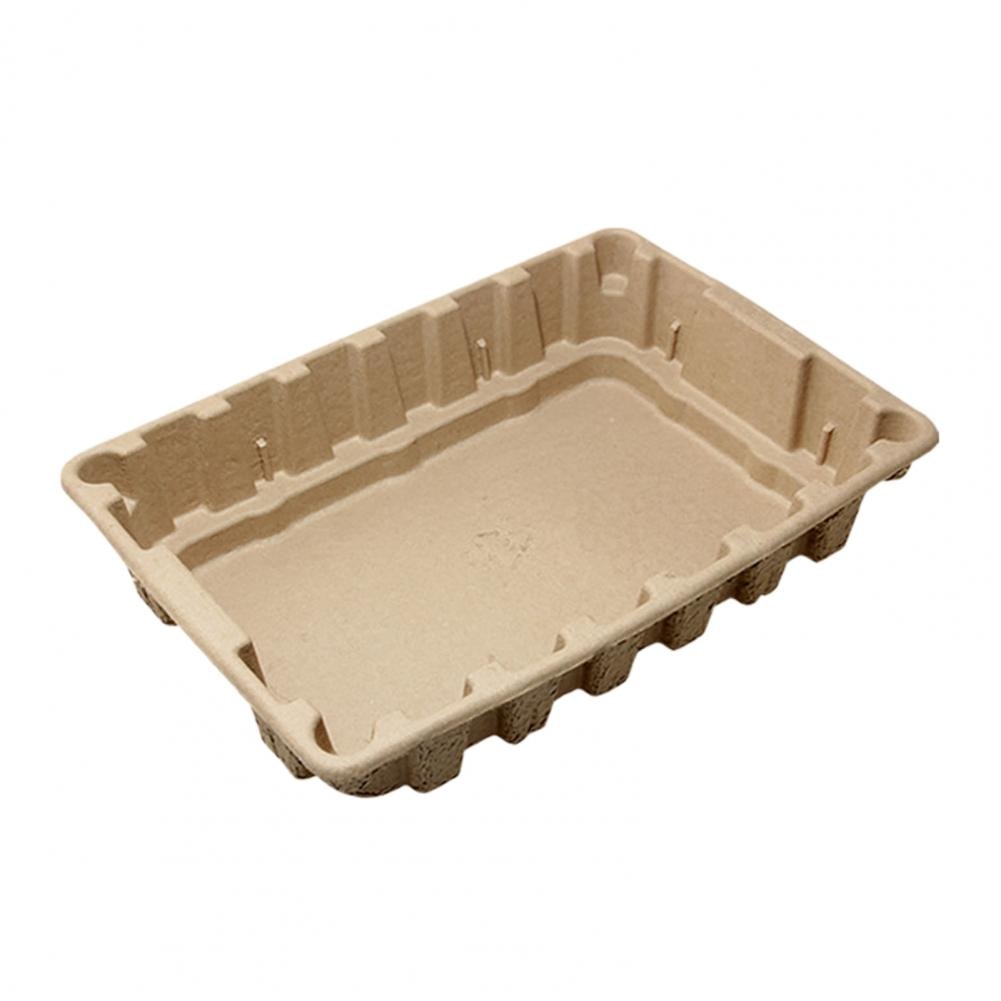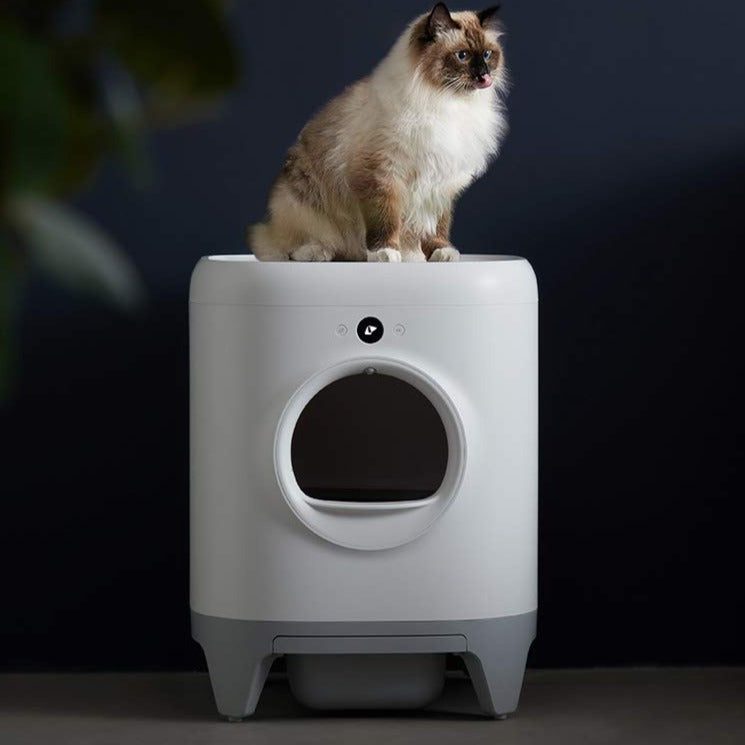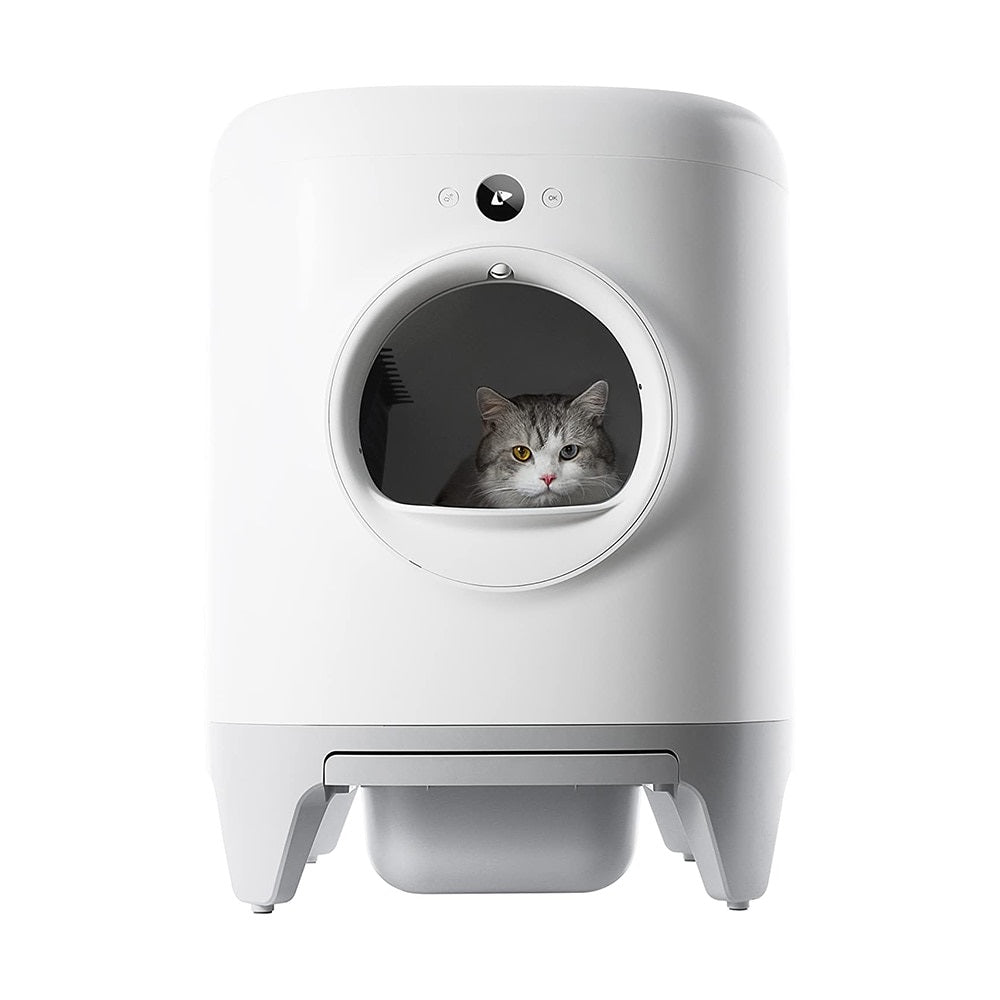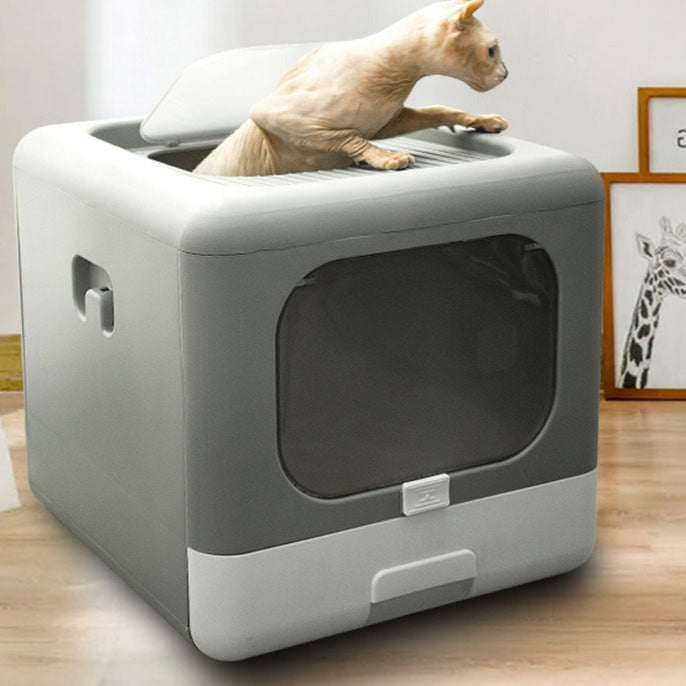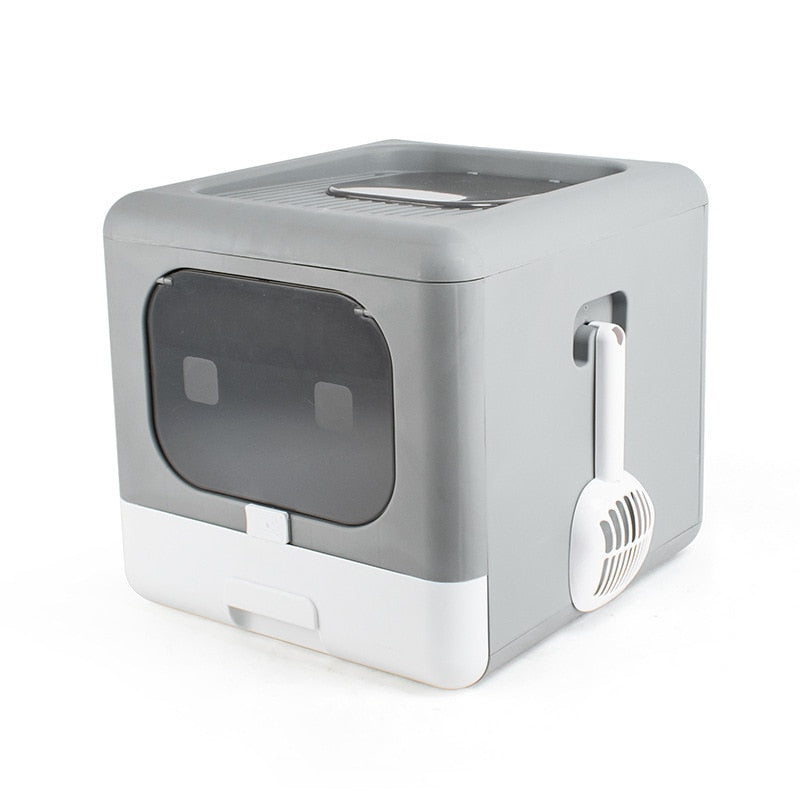Persian Cat Breed: Hair, Profile, Facts and Traits
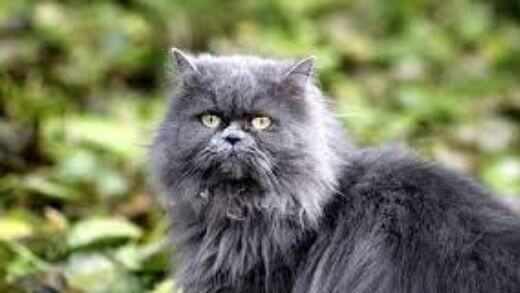
Persian: Character, education, health, price - The right cat for you?

The Persian is arguably one of the oldest and most well-known longhair cat breeds in the world. Appreciated as much for his elegant physique as for his gentle, affectionate and calm temperament, this feline alone totals just over 3,500 entries in the Official Book of French Feline Origin (LOOF). Suffice to say that it is a very popular companion in France among the many cat breeds.
However, if nature has endowed the Persian with an exceptional physique and character, she has been less generous with regard to his health, making this little feline dependent on -live the care and affection of his master to be able to have a long, happy and fulfilling life. Below, you'll find everything you need to know about the Persian cat breed, along with all the good reasons to adopt it.
Who is the ideal cat for?
The Persian is a calm, medium-sized cat with dense, long fur whose physique and temperament predestines life inside. However, he can have access to the terrace or the garden to enjoy the outdoors a little. Thus, if you live in an apartment or in a house with or without a garden, this cat will find an ideal living environment in your home.
It is also a docile and sociable cat, whose absence of aggression will make the perfect companion in a family environment in the company of your children and other animals.
The Persian knows how to hold out in the face of loneliness, but requires a lot of care for his well-being. He therefore needs a master who is available, devoted and affectionate, who will be able to watch over his health and make him happy.
Origin and history of the Persian
The Persian is one of the oldest feline breeds. Descendant of the Turkish Angora from which he inherited long fur, the Persian is a cat native to Asia, more precisely Persia (hence its name). The breed arrived in Europe from the14th century by the trunk of the Italian explorer Pietro Della Valle, who would have reported on a trip to Persia. Subsequently, it was introduced in France, then in England, before being exported to the USA and the whole world.
The Persian was presented to the public at the first cat show at the Crystal Palace in London, in 1871. As the breeding began, the crosses were mainly carried out with the Turkish Angora. The first standards of the breed were enacted in 1889. And since then, its popularity has continued to grow in the world and in France more particularly, where it appears in the top 10 entries in the LOOF.
Physical characteristics of the Persian
The Persian has a round head with a domed skull. Its round muzzle and crushed nose give it a crushed face look. He has large round eyes with enough spacing, the color of which matches that of his dress, as well as small triangular ears placed a little behind the head.
In addition, you will notice that the Persian is a medium-sized cat with a muscular body and a solid frame. Its legs, although small, remain in proportion to its body and end in round, sturdy feet. Its tail is short and very hairy.
Finally, regarding his coat and coat, the Persian sports a dense coat, made up of long, fine and silky hairs, as well as an abundant undercoat. As for the coloring of the coat, you will note that all colors are allowed in this breed. You will thus find a variety of dresses: solid color (white, black, blue, chocolate, gold, gray ...), colourpoint, tabby dresses, particolor dresses, tortoiseshell, ...
Behavior of the Persian
The Persian is a cat devoid of instinct of hunter and aggressiveness that one can observe in its congeners. He is therefore very calm, gentle, peaceful by nature and does not disturb, although a little flabby, because he likes a nap a lot.
It is also a cat who likes the hugs and the tenderness of his master whom he loves in return. His sociable and docile temperament means that he adapts perfectly to family life and the presence of children. Although he enjoys the company of his family, he adopts a fearful attitude towards strangers.
In addition, the Persian remains a discreet and solitary cat who adapts well to solitude, even to the absence of his master. Finally, it is a fairly routine cat who has his habits and who likes to have control of his environment: he is therefore resistant to sudden changes.
Health and care of the Persian
The Persian is a cat with fragile health. The breed is unfortunately predisposed to a number of hereditary pathologies and health disorders. Including tumors, polycystic kidney disease, hypertrophic cardiomyopathy (CMH), corneal sequestration or necrosis of the cornea, Chédiak-Higashi syndrome (CHS), fibroadenomas, and ringworm among others.
It is essential to vaccinate it against diseases common to all cats (coryza, leucosis, rabies, typhus, etc.). Just as you must take care of the care of his coat to get rid of dead hairs, untangle those that are entangled and limit the formation of hairballs that can harm his digestion.
Finally, whether in cases of illness or unexpected disaster, note that the veterinarian's costs can amount to several thousand euros, which is not always easy to manage without stressing. This is why we advise you to take out insurance for Persian cats in order to guarantee them the best health care and preserve your finances.
Does the Persian need specific food?
The Persian does not need specific food for his breed. Its nutritional needs remain identical to those of all cats, namely a predominantly carnivorous diet. The Persian already having a fairly delicate health, it is therefore not necessary to add other possible concerns of malnutrition.
This is why you must offer him premium foods, consisting mainly of meats, vitamins, trace elements, minerals and other essential nutrients for cats. They should have a high protein content, a measured level of minerals and a low concentration of fat and carbohydrates. Taking into account his appetite and his daily vital needs, rationing can be useful to limit the risks of being overweight.
It is strongly recommended not to serve homemade meals to your Persian, just as you should avoid cheap croquettes and pâtés from supermarkets containing cereals, food supplements, too much salt, vegetables, colorings, preservatives and others. chemicals that do not fit in the ancestral diet of this little feline.
What budget to have a Persian?
You should know that the purchase price of a Persian cat strongly depends on several criteria. Among these are for example: conformity with the standards of the breed, the line of the parents, the sex, the reputation of the breeder, the care given,… In general, you will have to pay around 500 to 2000 € for a female kitten and 400 to 2000 € for a male kitten.
Accessories adapted to the Persian
The Persian needs a set of accessories to be happy and fulfilled. Including food bowls, a kibble dispenser and a water fountain to facilitate daily nutrition and hydration. He also needs a suitable litter box for his hygiene, as well as an excellent grooming kit for long-haired cats, in order to ensure the health of his coat.
Although he is quite lazy, the Persian can also indulge in games and a little physical activity when he is tired of naps. You will be able to offer him interior accessories such as a cat tree, a scratching trunk or candy balls to help him work out.
In addition, you can install a cat flap to give him access to your secure garden, so that he can enjoy the outdoors and stretch his legs. Finally, note that each of the accessories to choose for your Persian must be not only solid and of good quality, but above all adapted to its size in order to be easy to use.
Goodies for Persian lovers
TOP 1
I adopt and educate my Persian cat
TOP 2
Pecute Dog Brush Cat Brush, Unwinder comb ...
TOP 3
Sylvanian Families - The Village - The Cat Family ...
Photos of Persan
« ‹ Of 8› »
Where to adopt a Persian?
Two main avenues are available to you for the adoption of your Persian cat, namely: breeding and catteries or shelters for cats. Being a purebred cat, professional breeding remains the best option, because you have the assurance of adopting a kitten in good health and respecting the standards of the breed. Catteries and shelters are also reliable adoption options that may satisfy you.
Finally, you can also adopt your Persian from an individual. However, this alternative is not recommended because of the rampant animal trafficking. If, however, you choose this path, we advise you to deal with a known relative, rather than a stranger.



